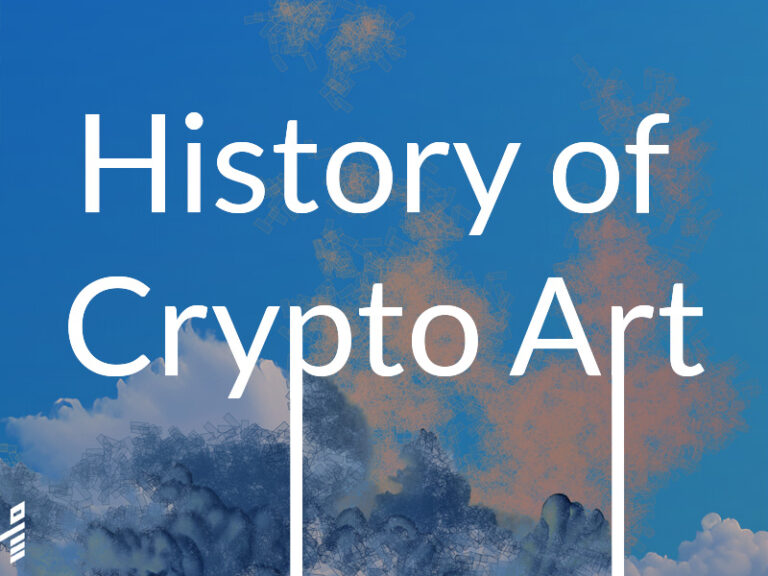
In April 2020, I published the first version of this historical overview. It includes milestones in the history of crypto art, crypto art galleries, physical blockchain-related artworks and events, blockchain technology in the traditional art world, and the first digital collectibles. The following selection is a work in progress, subjective and vast, yet doomed to be incomplete.
Table of Contents
How this Overview Started
The research began in 2018 after an event at the Canadian Centre for Architecture in Montreal. After presenting a live data visualization of blockchain activity, which had been in development for several months, I learned that artist Rhea Myers had explored similar concepts years prior. Realizing the importance of understanding blockchain art history before committing to new projects, I decided to research this emerging field.
What began as a blog post quickly expanded as more early projects surfaced, leading me to adopt a timeline format for efficiency and to manage the volume of information better.
The Crypto Art Timeline was launched in May 2020, during a period when discussions on social media centred around defining the importance of early projects like CryptoPunks and CryptoKitties. At the time, many essential projects and pioneering artists shaping the history of crypto art were largely unknown. Reliable sources were limited, with documentation often confined to Bitcoin forums, Reddit, and blockchain timestamps. Furthermore, discourse heavily favoured Ethereum, overlooking contributions on other platforms such as Bitcoin and its sidechains. This timeline expanded the conversation to include these lesser-known yet critical parts of crypto art history.
Impact of the Crypto Art Timeline
This timeline has expanded the conversation around crypto art and highlighted early pioneers, particularly those whose work emerged outside Ethereum. For instance, the timeline has helped to bring attention to projects on other chains, including CounterParty and NameCoin, in the Bitcoin ecosystem. Copies and adaptations of the timeline appear on sites like the Museum of Crypto Art and DMINTI, and it has been referenced in books, such as Taschen’s On NFTs, as well as in numerous academic journals. This resource has also been cited by Artnet, Forbes, LA Times, NXT Museum, and others.
The history of blockchain art timeline’s impact has drawn praise from art critics and scholars. In his book Surfing with Satoshi (2022), art critic Domenico Quaranta called the timeline “a goldmine for scholars and historians … with meticulously listed projects,” while artist and curator Kenny Schachter noted in 2023 that “Ostachowski’s ongoing research project lends credence to a field in dire need of objective observations and study. It should be required reading for every art school and beyond.”
As seen in
Referenced by







Contextualizing Beyond the Timeline
As the timeline gained recognition, I was referred to as a crypto art historian. I have since been invited to speak about the history of crypto art at numerous events, discussing key developments and trends in the field.
Speaking engagements have included institutions like the Kunsthaus in Zurich (Switzerland), Crypto Art Seoul (South Korea), NFT in America in Hollywood (USA), and the Ottawa Art Gallery (Canada). Several of these recorded talks can be viewed on the Speaking Engagements page.
In addition to maintaining the timeline, I have contributed to the history of blockchain art through essays and published papers. Notable works include co-authoring the position paper Crypto Art – A Decentralized View for Leonardo Journal in 2021, contributing the essay “The Crypto Art History” for Rizzoli’s Crypto Art Begins, and most recently, publishing Understanding the History of Blockchain Art as Incremental Innovation in a Canadian art journal. For more details on these and other publications and history-focused installations, visit the Publications page.
Milestones in the History of Crypto Art
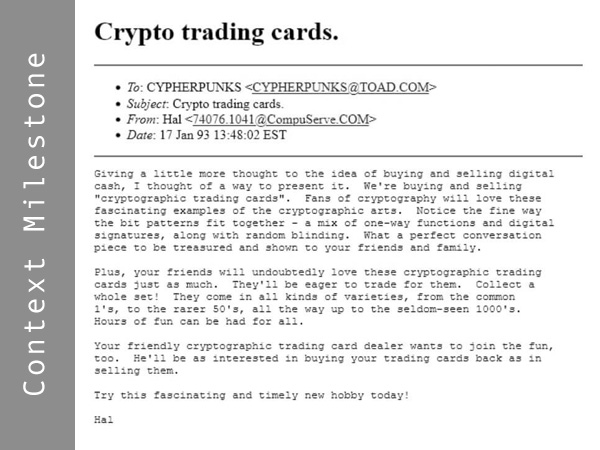
Computer developer, cypherpunk, and recipient of the first Bitcoin transaction, Hal Finney, envisioned using cryptography to create digital collectible trading cards—an NFT concept anticipating both Bitcoin and blockchain technology by 15 years. He shared this idea on the renowned Cypherpunk mailing list, proposing the use of cryptographic techniques to trade cards over digital cash. (Related: Link / Twitter)
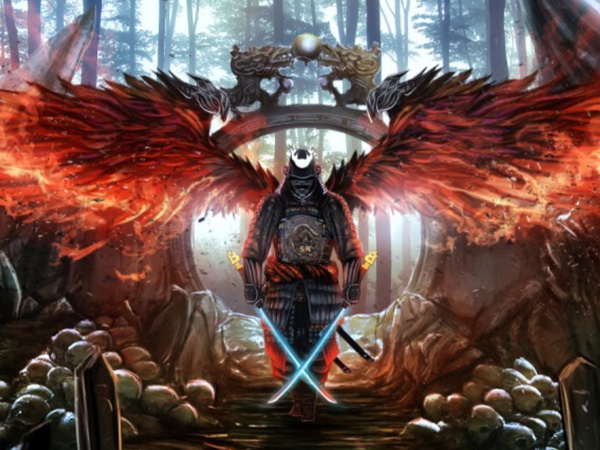
Entrepreneur and illustrator Herbert Sim published his creation of one of the first portraits of the anonymous Bitcoin founder as a Samurai entitled Satoshi Nakamoto: Masked Samurai Angel and the Bitcoin Daishō. (Related: Link / Twitter)
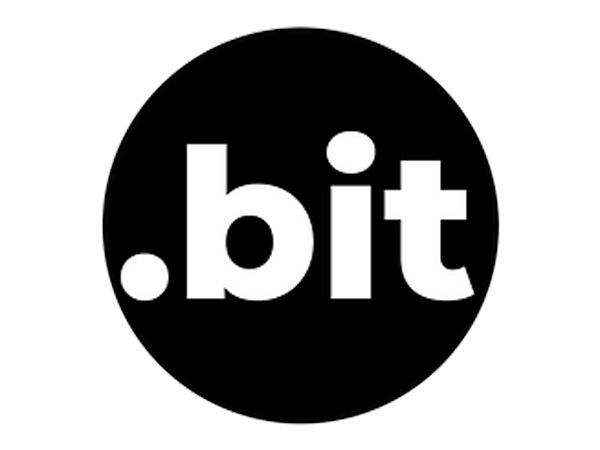
Bit Domains launched on NameCoin, a Bitcoin fork intended as an open, decentralized and censorship-resistant Domain Name System. The first domain bitcoin.bit can be conceptually seen as one of the earliest non-fungible digital assets. (Related: Link / Twitter)
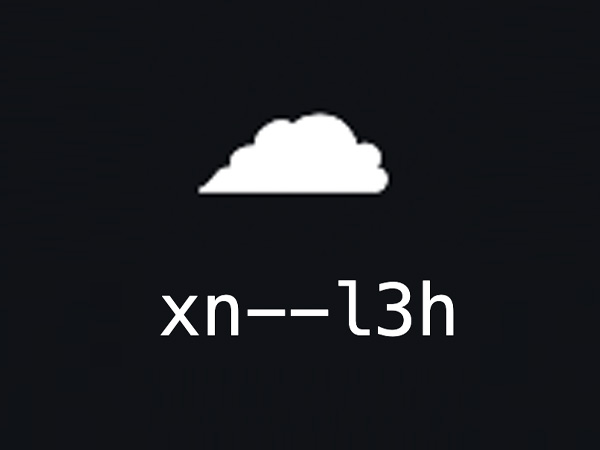
NameCoin lead developer Khalahan Henkh started using Punycode to experiment with creative domain names such as ASCII art, emoticons and emojis. Punycode is a representation of Unicode with the ASCII character subset. (Related: Link / Twitter)

Often referred to as ASCII BERNANKE, Dan Kaminsky embeds the first tribute/eulogy and ASCII image in honour of cryptographer Len Sassaman. (Related: Link)

Mike Caldwell starts issuing Casascius Coins, which are physical metal-plated or pure gold Bitcoins including authenticity holograms with private keys. (Related: Link)

Yoni Assia’s Coloured Coins introduce the idea of cryptocurrency to represent other assets, which is arguably the beginning of non-fungible tokens. (Related: Link)
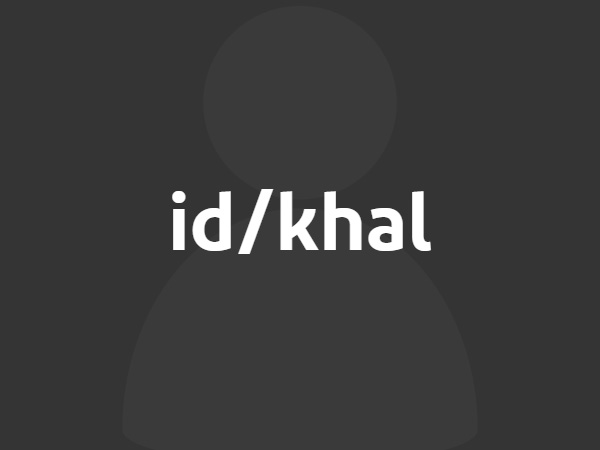
NameCoin Identities were created as decentralized identities for domains and later integrated with i.e. the decentralized P2P communication protocol Bitmessage or through the NameID dApp the OpenID project. (Related: Link)

The artist collates 500 paired Bitcoin public and private keys in a limited edition book of 50 and declaring it a bank. (Related: Link)

Brainless Tales posts his iconic comic to Reddit. Subsequently, it will be continuously modified and made into memes by fans. (Related: Link)

This cryptocurrency-inspired project by Stef Lewandowski and Liz Barile-Page visually encrypts secret messages as artworks, the project ended. (Related: Link)

German artist Peter Frölich creates a conceptual artwork that consists of a working Bitcoin mining rig within a traditional antique gold painting frame. (Related: Link)

Inspired by Warhol, this artwork is one of the first representational paintings and its undisclosed sale made international headlines in 2014. (Related: Link)

This early experimental decentralized peer-to-peer and play-to-earn game was also a currency forked from the Namecoin blockchain. (Related: Link)

Bitcoin-themed group exhibition curated by Erik H Rzepka and Wesley Yuen for Coinfest 2014 in Vancouver, BC. (Related: Link)

Dave Young Kim paints Dorian Nakamoto as he attempts to evade the media after being identified by Newsweek. (Related: Link)

This group exhibition takes place during San Francisco’s Bitcoin meetup, reportedly at that time the largest in the world. (Related: Link)

The intricate pieces include destructed credit cards, modified bank logos, and Bitcoin ads attached to bank buildings and ATMs. (Related: Link)

Although never circulated for sales, these legal stamps were made by Canada Post. The artist holds the originals. (Related: Link)
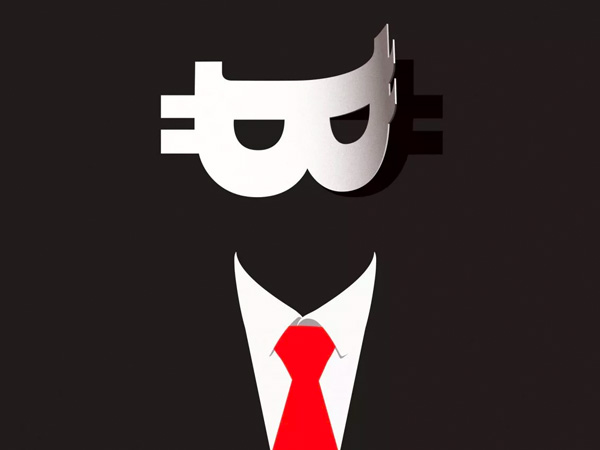
The American illustrator created this iconic cover of Newsweek which controversially claimed Dorian Nakamoto as the Bitcoin creator Satoshi Nakamoto. Despite the false claim, the article made Dorian Nakamoto the face of Bitcoin in countless artworks and memes. (Related: Link / Twitter)

Willa Köerner and Jenny Sharaf curate Proof Of Work: a human approach to the convergence of art and technology at The Sub, San Francisco, CA. (Related: Link)

Monegraph is the first NFT platform on the NameCoin blockchain that allows people to certify images on the web, then tweet out public proof. (Related: Link)

Paired by Rhizome, Kevin McCoy and Anil Dash build Monegraph within one day and create the first digital art token/NFT. (Related: Link)

This physical “proof of non-work” currency LazyCoin is a store for “non-value”. It is produced and verified for doing nothing. (Related: Link)

The French artists use the dark-net and Bitcoin to acquire a scanned copy of Satoshi Nakamoto’s passport. (Related: Link)

Contemporary pointillist painter Lash exhibits her currency-themed pieces at the Bitcoin Center NYC. (Related: Link)

Austrian Cointemporary platform showcases temporary online exhibitions of Bitcoin art, available for Bitcoin only. (Related: Link)

Singer and activist Tatiana Moroz issues a personal token based on the CounterParty blockchain to fund her third studio album. (Related: Link)

JP Janssen tokenizes a sketch of his girlfriend and himself on-chain with the CounterParty blockchain. (Related: Link)

French artist Youl created a commissioned artwork for the Bitcoin project, which sold on eBay for nearly $3,000. (Related: Link)

In this conceptual artwork, the smart contract can be set to nominate itself as art or not with a click of a mouse and the payment of the gas fee. (Related: Link)

On her website, Rhea Myers presents the first Ethereum art market smart contract through which digital artworks can be registered and sold. (Related: Link)

NameCoin users started tokenizing the popular TwitterEggs images using the OneCoin dApp, back then eggs were Twitter’s profile default images. A total of 277 were tokenized with 14 different background colours between 2014 and 2015. (Related: Link / Twitter / Note)

Utilizing Bitcoin Colour Coins, Nili issues her conceptual art coins as well as coins brand name assets such as ITWITTER, etc. (Related: Link)

Texas-based Billy Mabrey created this painting in Shapeshift’s open call for art depicting the trading chart and the first BearWhale. (Related: Link)

Kunst Halle Sankt Gallen showcases an interdisciplinary exhibition examining themes such as copyright, privacy, illegality and resistance. (Related: Link)

The artist was commissioned to paint this artwork for the Inside Bitcoins Conference and Expo in Israel, where it sold for 35 BTC (~ $13,000). (Related: Link)

Commemorating the 30,000 BTC ($9m) sale within 6 hours at a low market price, Christopher Steininger’s painting depicts this historic moment. (Related: Link)

Habel and Steininger (entry above) win 5 BTC in ShapeShift’s competition for the BearWhale commemoration. (Related: Link)

Artist Rhea Myers tokenized her soul conceptually as an MYSOUL token on the DogeCoin and CounterParty blockchain. (Related: Link)

BitchCoin is an artwork-backed currency by Sarah Meyohas in an effort to challenge the current economics of the art world. (Related: Link)

Digital trading cards issued on the CounterParty blockchain by the EverdreamSoft game studio, these cards become later the game Spells of Genesis. (Related: Link)

Scarab is simultaneously an artist collective and a work of art itself based on the CounterParty blockchain. (Related: Link)

Coin Artist Marguerite deCourcelle released her puzzle painting and raised attention for the 4.87 Bitcoin reward and the 3 years to solve it. (Related: Link)

Austrian Museum of Applied Arts became the first museum to buy a digital artwork using Bitcoin from Dutch artist Harm van den Dorpel. (Related: Link)

Los Angeles-based Verisart is a platform to create digital certificates for art and collectibles backed by the blockchain. (Related: Link)

The first spore of the autonomous blockchain-based lifeform is created during a workshop at the Stadtwerkstatt in Linz, Austria. (Related: Link)

Furtherfield Gallery presents artworks that reveal how we might produce, exchange and value things differently in the age of the blockchain. (Related: Link)

Cyrus Adkisson presented and launched Ξtheria officially as the first decentralized virtual world at Devcon1 held in London. (Related: Link)

Created in 2014, this collage of destructed credit cards raises $5.5k in Nov 2015 (May 2020 $150k) for the benefit of Dorian Nakamoto. (Related: Link)

The artists showcase their shopping bot which uses Bitcoin to buy random items in the darknet at Horatio Junior Gallery in London. (Related: Link)

Artist Harm van den Dorpel and Paloma Rodríguez Carrington launched Left Gallery as a digital art gallery initially based on the Ascribe platform. (Related: Link / Twitter)

Cryptograffiti created his HODL prints and sculptures in the style of pop art artist Robert Indiana. F1016 (Related: Link / Note)

Ruth Catlow curated Furtherfield Showcase which was exhibited at the Digital Catapult in London. (Related: Link)

This Encyclopedia is the first physical book cataloging bitcoin and other cryptocurrency collectibles. (Related: Link)

A blockchain-themed group exhibition hosted by Cryptograffiti and the San Francisco Bitcoin Meetup at Code & Canvas. (Related: Link)
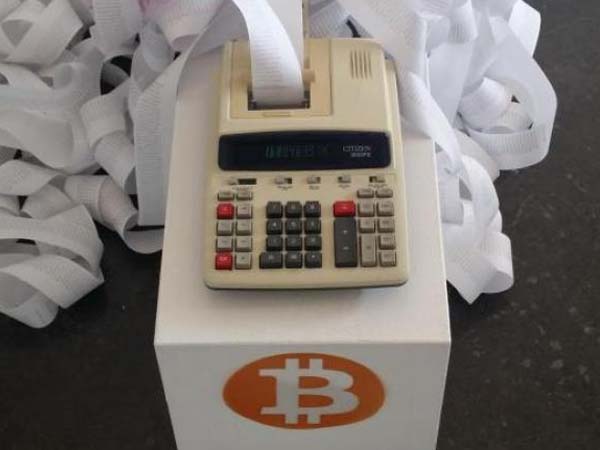
Martín Nadal and César Escudero Andaluz hacked an old calculator machine to be used as a miner validating the pending bitcoin transactions. The first release was at Ars Electronica in 2016. (Related: Link / Twitter)

Release of the first User-/Artist-issued trading cards based on the CounterParty blockchain, arguably the first of crypto art community. (Related: Link)

Derived from his BTCPAY Market, Joe Looney creates with Rare Pepe Wallet a dedicated place to collect, display and exchange Rare Pepes. (Related: Link / Note)

Book of Orbs is a CounterParty exchange for game items that supports game-related currencies such as BitCrystals, WillCoins and PepeCash. (Related: Link)

The CounterParty-based Rare Pepe card by DJ J-SCRILLA is a NFT that unlocks through message signing access to his hidden Soundcloud account. (Related: Link)

Cryptograffiti showcases his Bitcoin-themed solo exhibition at the Digital Garage in San Francisco, CA. (Related: Link / Note)
Pixel Map is a website project featuring 3,969 Ethereum-backed 16×16 px squares, which can be purchased and customized. (Related: Link)

With the release of Woodcoin’s Guardian, the digital trading card game based in Berlin, Germany launches on the CounterParty blockchain. (Related: Link)

Simon Denny’s sculptural installations explore the potential applications of blockchain technology at the Hammer Museum. (Related: Link)

DJ J-SCRILLA and professor/attorney Cynthia Gayton air the first of their 27 podcast episodes about digital tokens, art on the blockchain and its uses. (Related: Link)

Memorychain was a community-driven initiative on CounterParty in Asia, similar to RarePepe. The cards were issued between April and August 2017. (Related: Link)

A digital card game based on the CounterParty blockchain by the EverdreamSoft game studio. (Related: Link)

The widely integrated blockchain naming standard becomes a though-after collectible and Web3 user name. (Related: Link)

Curio Card offers rare digital art cards and is one of the first Ethereum-based NFT art token marketplaces. (Related: Link)

Travelling blockchain-themed group exhibition as part of the European collaboration project State Machines at Furtherfield, London. (Related: Link)

Limited to 10,000 digital collectibles, crypto punks were issued for free on the Ethereum blockchain by Larva Labs. (Related: Link)

Christian’s performance/intervention becomes one of Bitcoin’s most popular memes and earns him the nickname Bitcoin Sign Guy. (Related: Link)

Oasis was a Japanese card project and fork of MemoryChain without the thematic and daily restrictions. (Related: Link)

This early ERC-20 crypto collectible lies dormant for many years. Rediscovered in March 2021, all 25,600 cats sell within hours. (Related: Link)

Artist Gus Grillasca launches a CounterParty blockchain-based digital art marketplace that expands later into Ethereum tokens. (Related: Link / Note)

Bail Block is an app and website that addresses the broken justice system by raising money for bail funds by mining Monero cryptocurrency. (Related: Link)

This “invisible” conceptual piece digitalized Yves Klein’s Empty Spaces concept and features non-fungible attributes despite being an ERC-20 token. (Related: Link / Note)

Edited by Ruth Catlow, Marc Garrett, Nathan Jones and Sam Skinner, this book features many blockchain art pioneers. (Related: Link)

Commissioned by the Skövde art museum, Harvest uses wind energy to mine cryptocurrency which funds climate-change research. (Related: Link)

Digital collectible cats issued on the Ethereum blockchain by Dapper Labs, creating the ERC-721 NFT token standard.. (Related: Link)

Following the popular expression “We’re going to the moon!”, this decentralized real estate project split the moon into 400 collectible plots. (Related: Link)

Technology-themed group exhibition featuring blockchain-related art and digital collectibles at the ZKM Center for Art and Media Karlsruhe, Germany. (Related: Link)

This conceptual piece uses human respiration to mine the cryptocurrency Monero is shown at Generator Projects in Dundee, Scotland. (Related: Link)

Founded in 2014, DADA launches with Creeps & Weirdos its first collection of Rare Digital Artworks, all artworks on DADA are created on the platform. (Related: Link)

Winner of Furtherfield’s blockchain art commission, Clickmine is a hyperinflationary ERC-20 token minted by a clicking game. (Related: Link)

This early Australian crypto collectible project issued a total of 625 8-bit cats in three releases and was rediscovered in 2021. (Related: Link)

Artist Stellabelle’s first sizeable crypto artist community educated about opportunities/ crypto projects and was based on the Steem blockchain. (Related: Link)

Ethereum-based monster raising and battle game in which all monsters and many in-game assets are NFTs. (Related: Link)

WeiCards is a decentralized website that features 100 cards, which can be customized and linked. The cards can be bought or rented. (Related: Link)

EtherRocks are 100 digital pet rocks with an increasing minting price through a bonding curve. All rocks were minted by August 2021. (Related: Link)

OpenSea launches its Alpha of the first decentralized exchange and marketplace for digital collectibles. (Related: Link)

CryptoCards are digital collectible NFT cards documenting essential milestones in Bitcoin’s history. (Related: Link / Twitter)
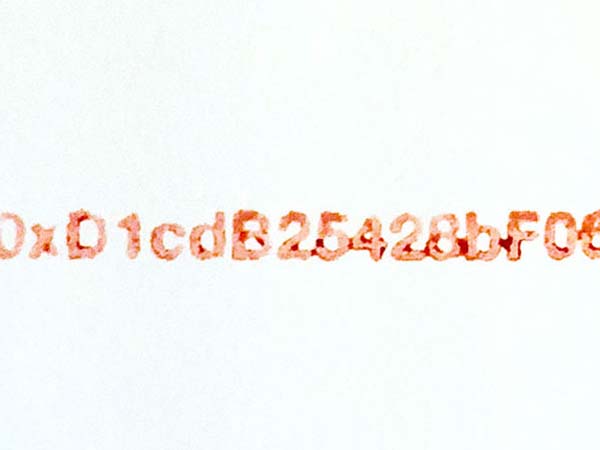
The project explored the commodification of humans in a combination of 10m ERC-20 tokens and 100 physical pieces created with the artist’s blood. (Related: Link / Contract / Twitter)

Traveling blockchain-themed group exhibition as part of the European collaboration project State Machines at Aksioma, Ljubljana, Slovenia. (Related: Link)

The sale of a Homer Pepe card at the emblematic Rare Digital Art Festival in New York City for the equivalent of $38,500 goes viral. (Related: Link)

EtherTulips are Ethereum blockchain collectible. They can be securely bought, traded, and battled. (Related: Link / Twitter)

Multiplayer battle game based on Ethereum smart contracts, which allow players to collect, grow and trade crypto fish tokens. (Related: Link)

Based on CounterParty, Bitcorn players harvest farms or publish corn meme cards over the course of 4 years in pursuit of the Bragging token. (Related: Link)

ETHMap is a project created by the developer of WeiCards and features 178 tradable zones/countries. (Related: Link)

Travelling blockchain-themed group exhibition as part of the European collaboration project State Machines at Gallery Filodrammatica in Rijeka, Croatia. (Related: Link)

In celebration of Valentine’s Day, Kevin Abosch created this fractionalized artwork with the gifting protocol GIFTO.io (Related: Link)

Axie Infinity is a digital pet universe where players can earn tokens through skilled gameplay and contributions to the ecosystem. (Related: Link)

These Lambo collectibles can be upgraded which result in change of design and parameters determined in the smart contract. (Related: Link)

Token holders/shareholders participate in decisions on Jonas Lund’s artistic practice, such as new artworks or exhibition attendances. (Related: Link / Note)

Kaleidoscope launches as a digital directory and marketplace for CounterParty-based crypto-collectibles and digital art. (Related: Link / Note)

Andy Bauch explores in his solo exhibition the value of art and money with lego-based paintings and bitcoin reward puzzles. (Related: Link)

Etherwaifu is a collectible card game to collect craftable artworks by combining cards and crafting new ones. (Related: Link)
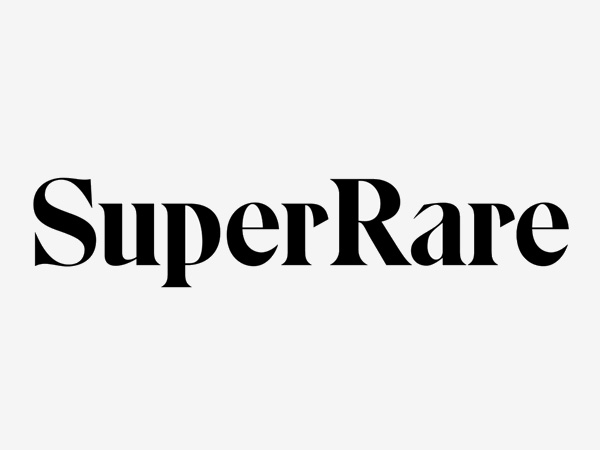
Family-run Pixura launched the Ethereum-based marketplace SuperRare exclusively for 1/1 digital artworks. A little-known fact is that the marketplace ran its first year entirely free, and the team didn’t take any commission on sales. (Related: Link / Twitter)
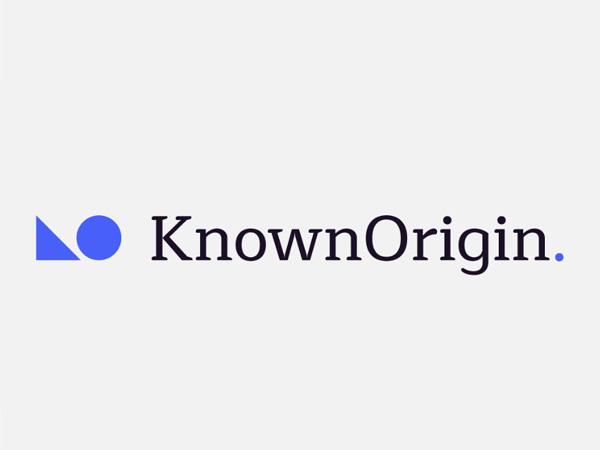
Manchester-based BlockRocket launched its Ethereum platform KnownOriding for digital original and editioned artwork. The platform didn’t mint the tokens until they were sold, resulting in many unsold 2018 artworks being dated back to when the marketplace updated its smart contract in September of that year. (Related: Link / Twitter)

Simon explores concepts of centralization decentralization through installations and modified board games at Galerie Buchholz in Cologne, Germany. (Related: Link)

Digirare is a marketplace for crypto art and collectibles on the CounterParty Blockchain. (Related: Link)

Multi-disciplinary artist Gordon Berger held his TEDx Talk about the intersection of blockchain, crypto art and NFTs at the Museum of London. (Related: Link / Twitter)

Kevin Abosch latest conceptual artwork is made up of 42 neon letters and numbers which represent a cryptocurrency contract. (Related: Link)

CryptoCrystal is a Japanese NFT gaming and collectibles project. The assets became public domain in August 2021. (Related: Link)

New Zealand-based, this virtual reality world became one of the primary exhibition spaces for crypto art and digital collectibles. (Related: Link)

The State Hermitage Museum in St Petersburg, Russia hosted this group exhibition featuring Kevin Abosch’s Personal Effects. (Related: Link)

CryptoStrikers is are soccer card collectibles that can be bought in packs, comparable to the popular physical Panini stickers. (Related: Link)

Artists, curators and visionaries come together to discuss the potential impact of blockchain on art. (Related: Link)

Maecenas auctions Andy Warhol’s 14 Small Electric Chairs at UK-based Dadiani Fine Art gallery. (Related: Link)

Platform for digital original artwork registered on the Ethereum blockchain by Rare Art Labs based in Richmond, VA. (Related: Link)

After a controversial Initial Coin Offering, the Codex protocol launches as a provenance registry for art and collectibles. (Related: Link)

CryptoArte creates generative tokens and paintings based on the hash values of Ethereum transaction blocks. (Related: Link)
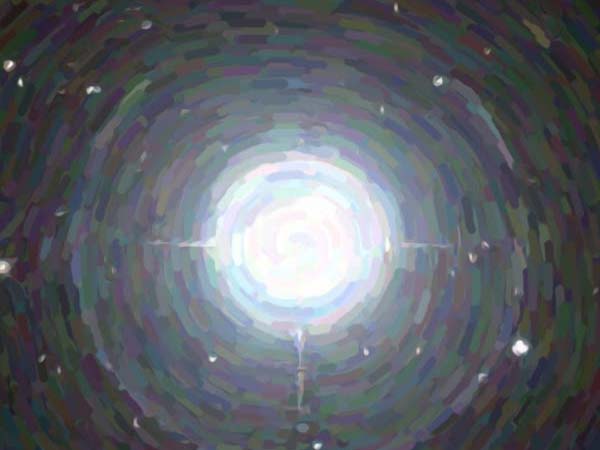
Astroledger is a platform that raises funds with naming start to fund space grants. The named stars are issued as ETH-based trading cards. (Related: Link / Contract / Twitter)

Auction house Christie’s hosted its first one-day art+tech conference entitled: Exploring Blockchain — Is the Art World Ready For Consensus? (Related: Link)

Experimental project attempts at creating a combined crypto-collectible physical asset, it is archived in November. (Related: Link)
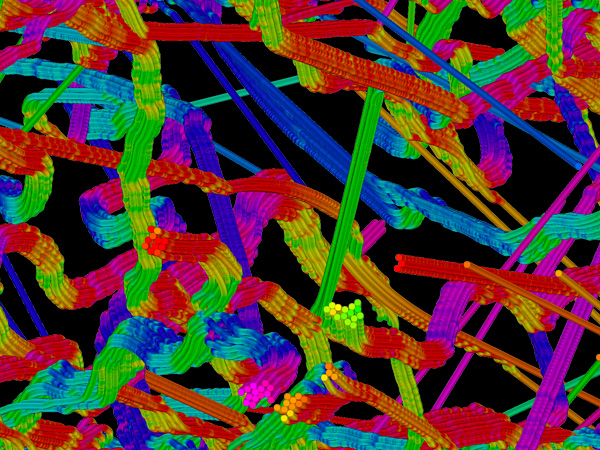
During the Gray Area Festival in San Francisco, the group exhibition showcased blockchain artists exploring the possibility of technology to make space for free culture. (Related: Link / Twitter)

The chaos machine by the French collective works as a crypto-jukebox that plays music whenever a banknote is burned. (Related: Link)

International blockchain-related group exhibition curated Simon Denny by at the Schinkel Pavillon in Berlin, Germany. (Related: Link)

UK artist Anna Riedler was commissioned to create a Bitcoin price visualization based on her AI-generated tulip images. (Related: Link)

On the occasion of Bitcoin’s 10th anniversary, this international group exhibition showcased physical blockchain- and bitcoin-related art. (Related: Link)

The generative art platform creates unique mintable artworks based on graphical asset sets which can be created or purchased. (Related: Link)

Portion launches as an Ethereum-based auction house which strives to blend physical and digital assets. (Related: Link)
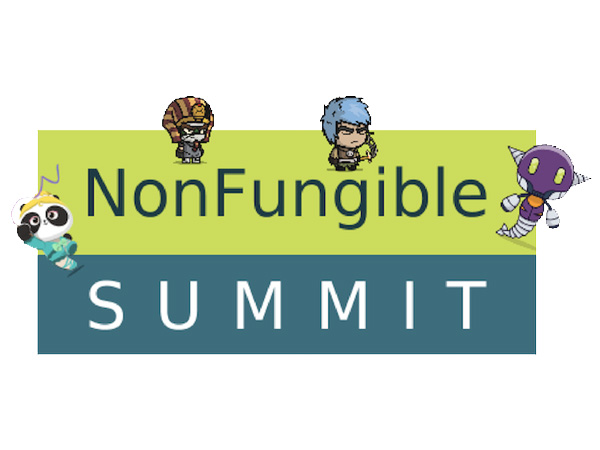
The Non-Fungible Summit concluded the SF Blockchain Week in 2018 and focused on the design, use, applications and potential of nonfungible tokens for the Ethereum developer community. (Related: Link / Twitter)

Scotland-based artist Trevor Jones’ exhibition is inspired by cryptocurrency culture and held at the Dundas Street Gallery in Edinburgh. (Related: Link)

New Art Academy hosted the NYC ArtTech + Blockchain Connect Kimmel at the Center for University Life during, also launch of the Rare Pepe book. (Related: Link)

89 Seconds Atomized is not only an art installation but also an experiment in digital ownership and community. (Related: Link)

Montreal’s blockchain panel discussion with Crypto Art and Blockchain Experience zone at the Canadian Centre for Architecture. (Related: Link)

Christie’s documented and recorded the $323.1 million in sales of its Ebsworth auction with Artory on the Blockchain. (Related: Link)

Blockchain-themed exhibition curated by Georg Bak at the Kate Vass Gallery in Zurich, Switzerland. (Related: Link)

Mintable is an open platform for ERC-721 tokens. In December 2020, the platform relaunched as an NFT-governed DAO. (Related: Link / Note)

RadiCards are NFT crypto-ecards that support charities working to promote Internet freedom and environmental rights. (Related: Link)

Blockchain-themed exhibition curated by Julian Stadon at the University of Hertfordshire in Hatfield, England. (Related: Link)

Blockstack hosted a panel entitled Decentralizing Art: The Hype and Hope of Blockchain at Foley Gallery on the Lower East Side of New York City. (Related: Link)

Italian artist duo Hackatao showcases in their show crypto art and a selection of international crypto artists. (Related: Link)

Black Swan by Cryptograffiti becomes the least expensive painting ever sold for 1 millisatoshi or $0.000000037 at the time of auction. (Related: Link)

Paris-based artist Bnoiit.C starts creating the first virtual museum to commemorate the crypto art movement. D2218 (Related: Link)

Artist Liberation Front (ALF) is an open-source tool to mint ERC-721 tokens for artists created by artist Johnny Dollar and technologist Chris Lumpkin. (Related: Link)
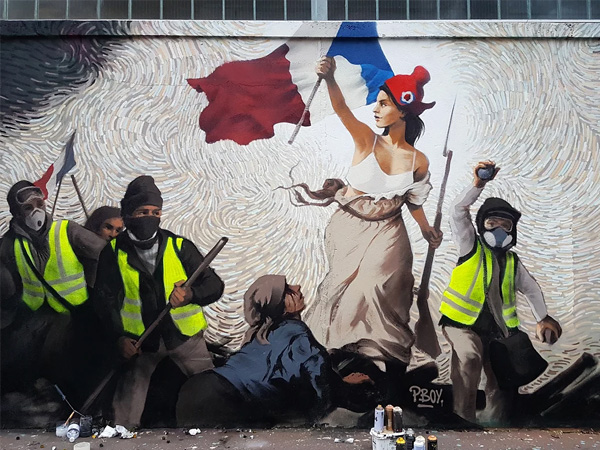
Politically charged during the Yellow Vests protest, this Bitcoin puzzle mural was removed shortly after. However, the artwork made its way into French school books. (Related: Link / Twitter)

Brooklyn experiential specialists Red Paper Heart created Buttchain to demystify blockchain tech and how it will eventually infiltrate your everyday life. (Related: Link)

London-based digital art platform on the Ethereum blockchain by art curator Sascha Bailey. (Related: Link)
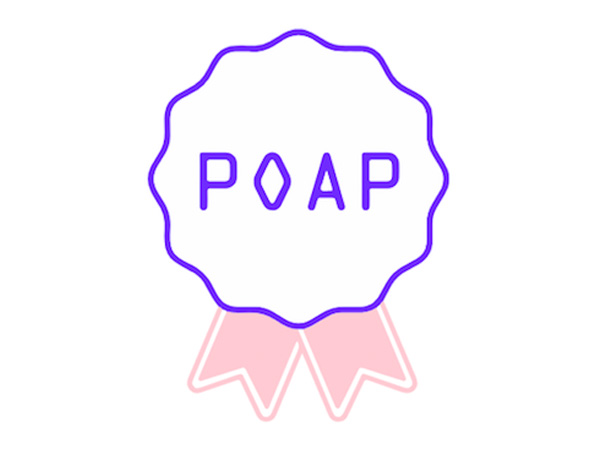
The Proof of Attendance Protocole (POAP) was launched initially during ETH Denver and delivers free, commemorative NFTs, initially for crypto event participants. (Related: Link / Twitter)

The conceptual artwork explores museums’ ownership of art, incorporates Monegraph and enables 50 people to become museum donors of this piece. (Related: Link)
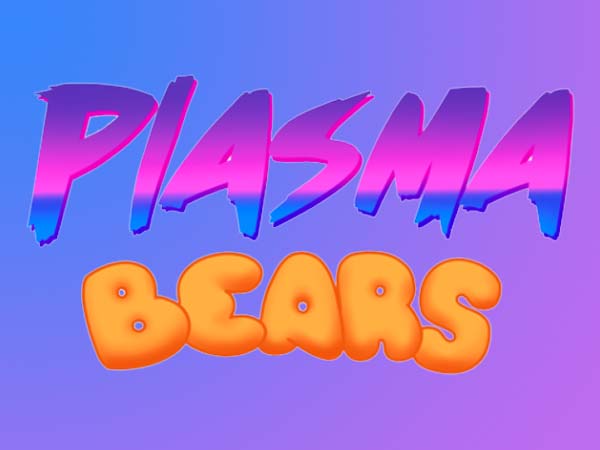
Plasma Bears was an Ethereum-based game about collecting and constructing bears with parts that became a prototype for Blockade Games’ later release Neon District. (Related: Link / Contract / Twitter)

This conceptual piece is always on sale and supports the artist by requiring the owner to pay a 5% pa patronage at the self-specified price. (Related: Link)

Lans King surgically implanted an NTAG216 microchip capsule in his left hand documenting his life’s metrics with the CODEX protocol. (Related: Link)

Generative artwork tokens issued on the Ethereum blockchain by Larva Labs in support of charitable causes. (Related: Link)

Ethereum-powered mobile application to create digital collectibles, after 100,000 editions it ceases operations in October the same year. (Related: Link)

Kelian Maissen & Johannes Gees deploy the smart contract for their generative art project using the transaction hash to create a token. (Related: Link)

Platform for digital original artwork and limited editions, registered on the Ethereum blockchain based in San-Francisco, CA. (Related: Link)

K-Compositions are 250 minimalistic, unique art compositions generated from on-chain algorithms. (Related: Link)

CryptoSkulls in an early 10,000 NFT profile picture project. With the rise in popularity in 2022, almost 2,000 skulls held by the cofounders were given to a community trust to fund long-term development. (Related: Link / Contract / Twitter)

The crypto art and collectibles scenes came together for the second edition of the RareAF in Brooklyn, NY. (Related: Link)

Digital art platform spun off from Swisscom offers tokenized art and digital art-streaming in Switzerland. (Related: Link)

Bard’s first solo exhibition explores AI, AR and cryptocurrency and blockchain art at the Bull Run Library in Manassas, VA. (Related: Link)

Digital and crypto art festival hosted by KnownOrigin in Manchester, England. (Related: Link)

Initially highlighting Cent creators, this long-running podcast showcases crypto artists and projects, later rebranded as Matthew & Rizzle Show. (Related: Link)

Ethereum-based tokenization platform for digital art, collectibles and other use cases such as tickets, located in Berlin, Germany. (Related: Link / Note)
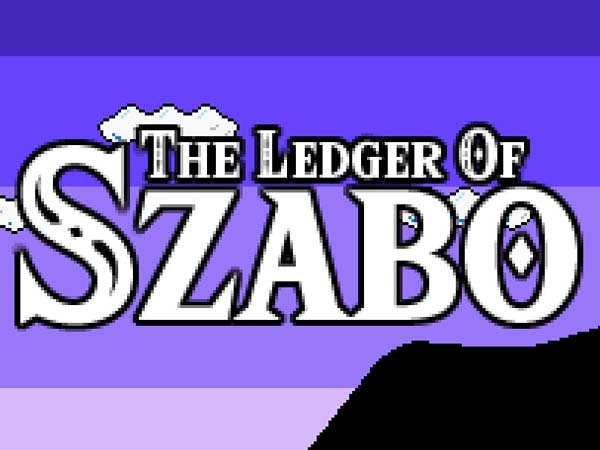
The Ledger was an interesting cross-chain game in Pineapple Arcade and featured in-game Ethereum NFTs and characters and eight puzzles with Bitcoin and Ethereum rewards. (Related: Link / Contract / Twitter)

Rendar gallery and the Bristol, UK-based physical gallery Upfest specialize in onboarding street art and graffiti artists. (Related: Link / Note)

Known as the Coldie method and implemented by many marketplaces, Coldie’s process triggers a 24h countdown once the reserve price is met. (Related: Link / Twitter / Note)

The blockchain-centred exhibition is held at the Centre Culturel et Communautaire Françoise-Dunn in Sherbrooke, QC, Canada. (Related: Link)

Ethereum-based tokenization platform for digital art and collectibles, the decentralized team is based in Moscow, LA and NY. (Related: Link / Note)

Crypto art group exhibition organized by crypto artist Max Osiris at the Innerspace Gallery in Los Angeles, CA. (Related: Link)

Crypto art group exhibition organized by Jake Johns at the Zhu Bing Ren Copper Gallery In Shanghai. (Related: Link)

MOCDA hosts blockchain-related artworks, projects and panel discussions during the Nam Jun Paik exhibition at the Tate Modern in London. (Related: Link)

NFT Scribe is a smart contract that allows ERC721 owners to append on-chain messages and annotations to their tokens. (Related: Link / Twitter)

ChainFaces are on-chain generative ASCII text faces created by NFT42 co-founder NateAlex. All 10,000 faces sold shortly after the launch. (Related: Link)

An international crypto art group exhibition hosted at the MadeMotion space in Madrid, Spain. (Related: Link)

MOCA begins its rapidly growing crypto art collection which fuels crypto art creators and creations. (Related: Link)

Nifties promotes crypto art, games and collectibles as well as virtual reality projects. (Related: Link)

Being developed since 2017 and 91,000 plots of land traded, this highly anticipated metaverse launches publically with a series of events. (Related: Link)

An experimental art platform for programmable digital art based on the Ethereum blockchain and located in San-Francisco, CA. (Related: Link)

Following SuperRare’s royalty reduction, a tweet by Matt Kane sparks an artist-led initiative that establishes a 10% royalty standard within a month. (Related: Link / Note)

USD transaction-focused art platform based on the Ethereum blockchain. Nifty Gateway was acquired by the Winklevoss twins of Gemini. (Related: Link)
Germany-based Pixelchain was founded by Cryptomotors as an Ethereum-based Dapp that allows users to create pixel art (initially 32 x 32 px) and store it on the blockchain. It is a significant project for the on-chain crypto art movement. (Related: Link / Twitter)

Public launch of the pixEOS Art Gallery based on the Eos blockchain focused on digital goods such as digital and physical artworks. (Related: Link)

Artist Josie Bellini showcases and documents in her video livestreams the story of crypto artists and collectors. (Related: Link)

The third edition of the iconic crypto art and collectibles festival launched a movement. (Related: Link)

Foundation launches as the first digital art marketplace to address fluctuation and pricing based on the stable-coin DAI. (Related: Link)

Curated by BI Xin and CAO Jiamin, this international exhibition showcases international crypto artists at the Chronus Art Center (CAC) in Shanghai. (Related: Link)

Cryptograph is a marketplace for NFTs made by celebrities and artists that generate funds for charities and good causes. (Related: Link / Note)
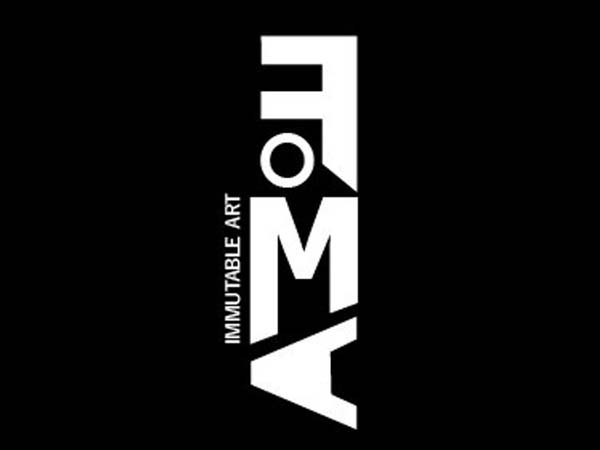
FOMA (fear of missing art) is an online magazine for immutable culture, discussions & insights published by crypto artists Robness, Sparrow, Gary Cartlidge and Dave Estes and gallerist Sascha Bailey. (Related: Link / Twitter)

NFT Showroom uses Hive-Engine’s layer 2 NFT smart contract platform to generate tokenized art. (Related: Link)

The original NFT animation of Trevor’s painting sells for $55,555 to Pablo Rodriguez-Fraile of the Museum of Crypto Art. (Related: Link)

A token minting platform developed by NFT42 with a focus on flexibility and longevity through on-chain stored information. (Related: Link / Note)

WOCA (Women of crypto art) held a CryptoVoxels group exhibition entitled She Art with artworks from over 30 crypto artists. (Related: Link)

Matt Kane enters with his Async project a 10-year collaboration for over $100,000 under the patronage of TokenAngels. (Related: Link)

Dloop rebrands Elementum as the successor of the app NOOW, which was running on Swisscom TV. (Related: Link)

Mikol of VerticalCrypto Art curates and spotlights in her twitter videos and live streams crypto art, artists and crypto communities. (Related: Link)
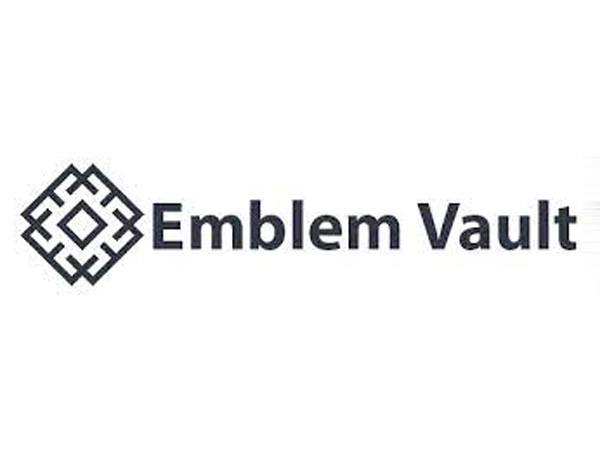
Circuits of Value and Emblem Vault have developed composite tokens (wrappers) that preserve original tokens and wallets from other blockchains and allow them to trade on Ethereum. (Related: Link / Twitter)

Async.art partners with Christie’s to lead this auction which exceeds 7 times its estimate. (Related: Link)

Based on the Matic protocol, Beyond focuses on non-static which can evolve over time such as interactive and dynamic art. (Related: Link)

Canada-based Ephimera is an Etherum art marketplace specialized in fine art photography and video. (Related: Link / Note)

Under artist Jessica Angels’ guidance, Artproject connects the traditional art world with the creative Blockchain ecosystem. (Related: Link)

Artblocks is a generative design platform based created with the data and hosted on the Ethereum blockchain. (Related: Link)

Launched as a Bitcoin merchandise store, Scarce.City specializes in Bitcoin art through Lightning Network auctions. D0320 (Related: Link / Note)
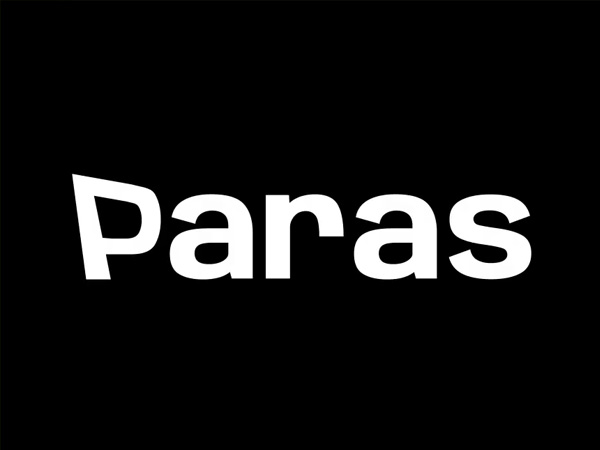
The digital art card minting and trading platform is based on the NEAR blockchain. (Related: Link / Twitter)
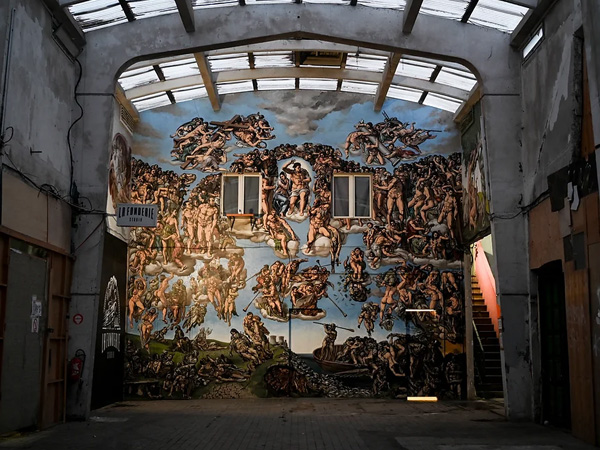
It took Pascal five months to complete this monumental artwork in a former gold foundry In Paris, funded by numerous crypto patrons. (Related: Link / Twitter)

Virtual exhibition features 33 Black crypto artists from 8 different countries and rewrites the narrative of who benefits from the value of Black creativity. (Related: Link)

EthBlockArt lets people create deterministic blockchain artworks based on Ethereum blocks. (Related: Link)

Paris-based L’Avant Galerie Vossen explores digital values and brings together the works of traditional painters, new media and crypto artists. (Related: Link)

Eric Paul Rhodes podcasts highlights artists, collectors, supporters, and patrons of crypto art and NFTs. (Related: Link)

Curated by collector Sats Moon, Australia’s first immersive crypto art festival celebrates digital art, AR/VR and music at Paddington Town Hall in Sydney. (Related: Link)

The SIGN Art dApp is built on top of the Waves Protocol and focuses on single and limited editions. (Related: Link / Note)

CryptoArt Week Asia promotes under-represented Asian-based artists in Asia and abroad during events in Singapore and virtually. (Related: Link)

Metapurse’s B.20 token explores the intersection between social, utility tokens and a DAO backed by Beeple’s record-breaking 20 Collection. (Related: Link)

Launch of the first general marketplace on the Flow blockchain, conceived by Dapper Labs, the team behind CryptoKitties and NBA Top Shot. (Related: Link)

Hashmasks are digital art collectibles consisting of 16,384 portraits created by over 70 artists globally. (Related: Link)

Arkane Network launches the first NFT collectibles marketplace on MATIC, a Layer-2 scaling solution for Etherum. (Related: Link)

Initially, e-sports and crowdfunding-oriented, the community-driven platform minted its first OBJKT and operates on the Tezos Blockchain. (Related: Link)

This collaboration between MoCDA, University College London and Hobs3D, is both a virtual group exhibition and series of online experimental studies. (Related: Link)

Derived from a wallet, Bitski relaunches as a credit card based marketplace and individual storefront solution for digital assets. (Related: Link)

Deplatformed Robness Cyberpop and Max Osiris on SuperRare launch the controversial trash art movement challenging copyrights. (Related: Link)

The Berlin, Germany-based Folia marketplace is a new Ethereum platform for exhibiting and collecting NFTs. (Related: Link)

Kalamint launches as the first user-curated marketplace based on the Tezos blockchain to create, sell and buy NFTs on the FA2 token standard. (Related: Link)

The first exhibition by Ry David Bradley and Hanna Hansdotter hosted by The Hole, NY in collaboration with SuperRare. (Related: Link)

Merging digital art with DeFi, charged particles allow creators and collectors to charge their NFTs with interest-bearing ERC-20 tokens. (Related: Link)

The auction house chose Beeple’s EVERYDAYS: THE FIRST 5000 DAYS, a vast collage of his daily artworks as its first digital art-only auction. (Related: Link)

Beeple (Mike Winkelman) sells his “EVERYDAYS” at auction for US$ 69,346,250, the 3rd highest for a living artist at that time. (Related: Link)

In this international collaboration, nine galleries across meta-verses will spotlight the digital artwork of over 130 women from across platforms. (Related: Link)

The innovative layered art platform expands its offering to include programmable music. (Related: Link)

Merging DeFi with Crypto Art, an NFT owner can fractionalize its asset to ERC-20 tokens and sell these fractions for liquidity. (Related: Link)

The is a community-driven NFT framework that enables creators to enhance their NFT with utilities. (Related: Link)

KÖNIG gallery hosts this international group exhibition in their physical location in Berlin, Germany as well as in a virtual gallery in Decentraland. (Related: Link)

Feral Files launches as a generative art marketplace on the Bitmark Blockchain and is founded by Casey Reas, the co-founder of Processing. (Related: Link)

Tron Blockchain-based social marketplace Fansforever connects creators and their fans through NFTs. (Related: Link)

Atlanta-based ABV Gallery and Nifty Gateway showcase 20 international artists with their Chain Reactions NFT/Crypto Art group exhibition. (Related: Link)

Artist Morgan Jesse Lappin’s first show with Trigonal Gallery combines collage and the new digital frontier of NFTs in Jersey City, NJ. (Related: Link)

Superchief Gallery NFT opens with the “Season One Starter Pack,” an exhibition that will feature rotating NFT artwork from 300 multidisciplinary artists. (Related: Link)

This group exhibition hosted by BlockCreateArt (BCA) is the first institutional crypto art exhibition held at the UCCA Lab in Beijing, China. (Related: Link)
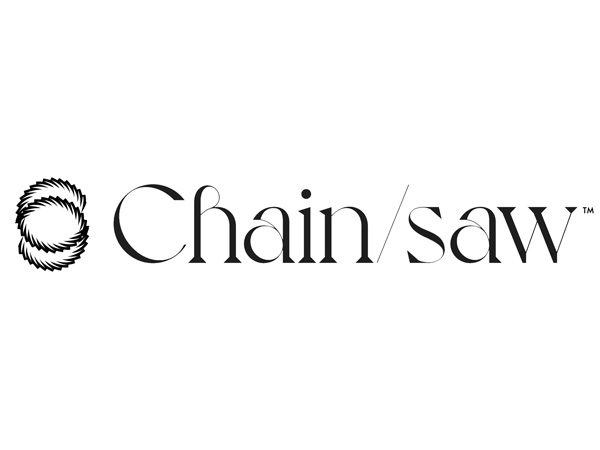
The Ethereum-based marketplace launched with the inaugural exhibition Iconography & The Internet and featured, among others, the original Pepe the Frog from 2006 by Matt Furie. It was Matt’s NFT debut after his creation. Pepe expanded the crypto art world with the RARE PEPE project in 2016. (Related: Link / Twitter)
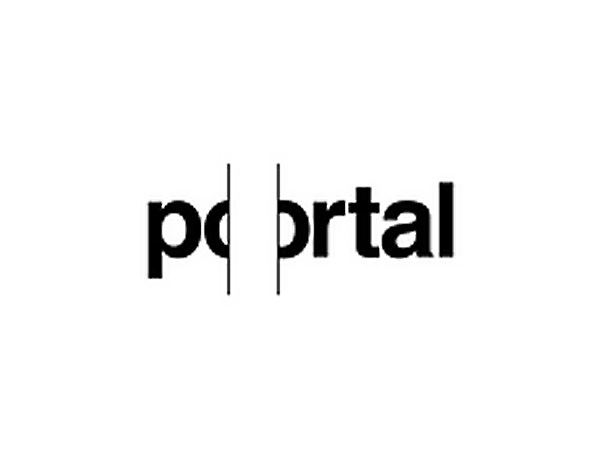
The marketplace Portal Art was built on the Tezos Blockchain and operated from New York and Vienna, Austria. It launched with a collection of Austrian media artist Peter Kogler, who originally made it on a Commodore 64. (Related: Link / Twitter)
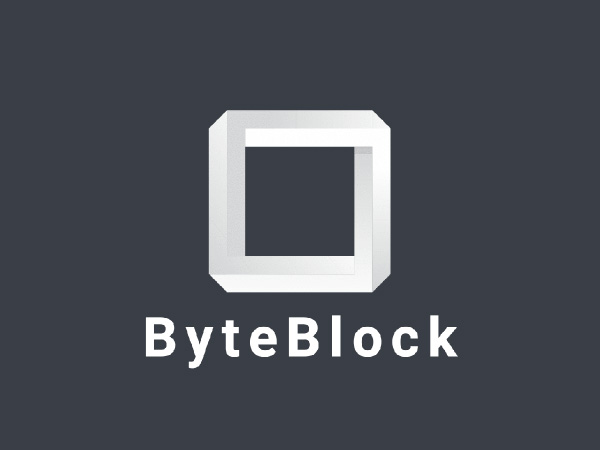
Based in Bengaluru, India, this Tezos-based marketplace aimed to make NFTs accessible to Indian artists with low-cost minting and no platform fees. It prominently featured the concept of batch minting. (Related: Link / Twitter)
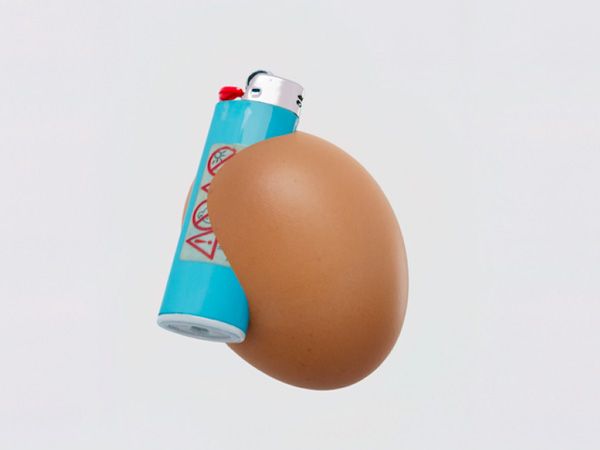
Swiss-born Urs Fischer launched the CHAOS NFT series with Pace Gallery in collaboration with MakersPlace. It was widely discussed that he broke his representation with the Gagosian Gallery for this collaboration. (Related: Link / Twitter)
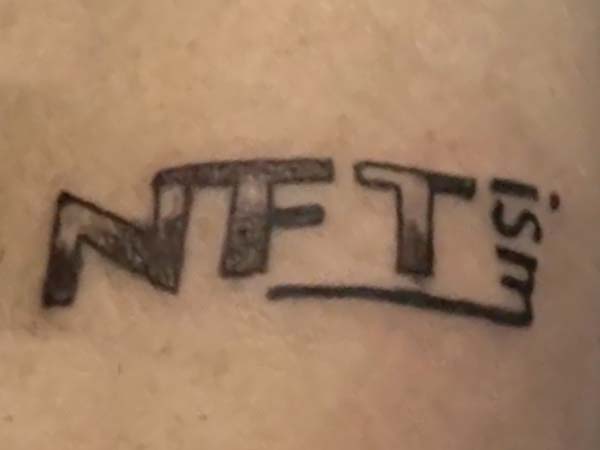
The artist, curator, writer promotes NFTs through NFTism in his writing, in exhibitions, fairs and in an upcoming social token project. (Related: Link / Twitter)

Curated by Daniel Heiss and Margit Rosen this crypto art group exhibition takes place at the ZKM Centre for Art and Media Karlsruhe in Germany. (Related: Link)
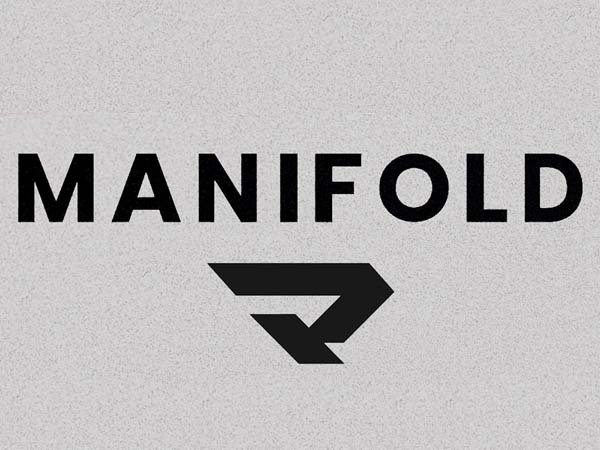
Initially developed for Mad Dog Jones’ Replikator project, Manifold released after a few collaborations the Manifold Creator a custom smart contract for creators. The contracts encourage creative sovereignty and platform independence. (Related: Link / Contract / Twitter)
SaveArtSpace presents Pixelated, a month-long, Miami-wide exhibition across billboards and bus shelters featuring 96 Crypto Punks. (Related: Link)

Sotheby’s and Nifty Gateway collaborate on the auction of the anonymous artist Pak who conceptually explores and challenges scarcity. (Related: Link)
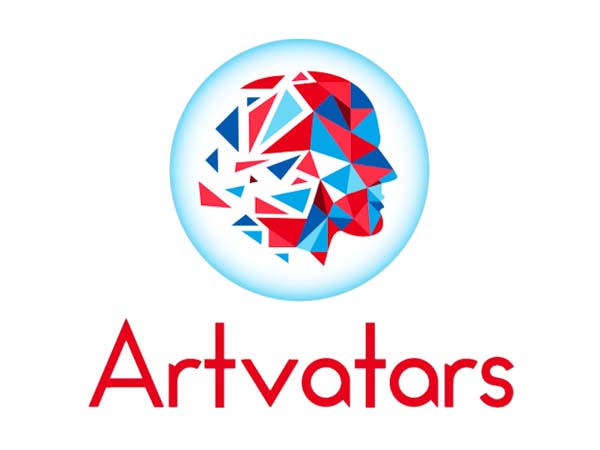
Artvatars is an avatar/profile picture collaboration of 65 global artists based on the Polygon/Matic blockchain. The project was founded by NFT collector MantaXR. (Related: Link / Contract / Twitter)

Headquartered in Hong Kong, Tabula Rasa Lab focuses on fine art and its partners include among others Christie’s and Rockbund Art Museum. (Related: Link)

BAYC is a collection of 10,000 Bored Ape NFTs that grant access to an online social club. The club branches continuously off-chain and the physical realm. (Related: Link / Contract / Twitter)

Michah Dowbak’s conceptual artwork sells at the Philipps auction for $4.2m and will create 220 more versions of itself. (Related: Link)

TRUESY is a curated NFT marketplace focused on personalities and brands and built on the Tezos Blockchain. (Related: Link)

Bazaar Market is a carbon-negative NFT Marketplace based on the Tezos blockchain and governed by a DAO structure. (Related: Link)

Built on the Flow Blockchain, Versus is a serverless, on-chain centric marketplace which stores also the images on the Blockchain. (Related: Link)

Curator and art critic Domenico Quaranta releases his book documenting the crypto art history entitled: Surfing con Satoshi. Arte, blockchain e NFT. (Related: Link)

Christie’s hosts the first crypto collectible evening auction with the 9 previously unavailable punks with an estimated of $7-9m. (Related: Link)

Kenny Schachter curates this Ethereum-based crypto art exhibition for Galerie Nagel and Draxler in Cologne, Germany. (Related: Link)

The Panama-born, generative artist becomes the highest-selling female crypto artist to date. Her piece was auctioned in support of the Tor project. (Related: Link)

LGND is an NFT art platform built by artists, for artists based on the WAX Blockchain. (Related: Link)

The Chinese crypto art platform rebrands its marketplace to MetaOpus referencing the Metaverse and Opus. (Related: Link)

The controversial upscaling of Andy Warhols original 320 x 200 non-square px files overshadows this blue chip artist’s posthumous NFT release. (Related: Link)

Raretoshi is a curated NFT and physical art platform based on the Liquid Network, a Bitcoin layer-2 solution. (Related: Link)

Christie’s collaborates with Lady PheOnix to present a curated sale of both legacy and newly created artwork as unique NFTs. (Related: Link)

The auction features Quantum (2015) by Kevin McCoy, CryptoPunk #7523 (2017) by Larva Labs, and The Shell Record (2021) by Anna Ridler. (Related: Link)

Arkane Network rebrands as Venly with a focus on game items and collectibles on the MATIC Layer-2 network. (Related: Link)

This museum group exhibition at the Francisco Carolinum Linz in Austria explores the history of crypto art and digital art. (Related: Link)

Imnotart will showcase NFT artworks curated in its virtual gallery in Cryptovoxels, where it’s been housing NFT works since March. (Related: Link)

Auction house Bonhams first NFT sale in partnership with SuperRare, the authentic Digital Art Market, achieved a total of $451,688. (Related: Link)
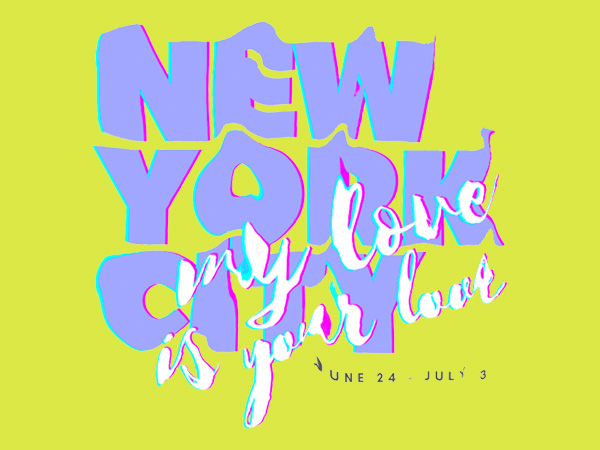
Every Woman Biennial, an international all-woman and non-binary art biennial collaborated with Superchief Gallery NFT in this carbon-negative NFT exhibition in New York. (Related: Link / Twitter)

Curated by MoCDA this NFT collection is auctioned by Cambi in collaboration with SuperRare at the Cambi Casa d’aste in Milan, Italy. (Related: Link)

The launch features controversial digitized NFT artwork from Salvador Dali and a tribute to Andy Warhol along with 100 regional creators. (Related: Link)

Blockchain Art Exchange and GrowYourBase hosting Japan’s first physical NFT exhibition at UltraSuperNew Gallery in Tokyo. (Related: Link)

Non-profit 0xSociety opens in the New City Gas complex aiming to educate and promote the crypto art movement. (Related: Link / Note)
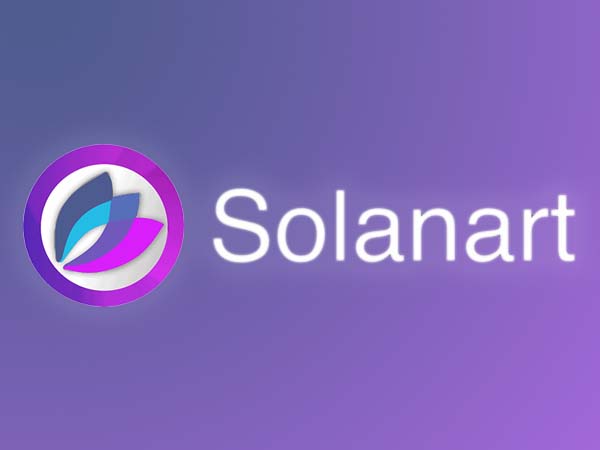
This curated Solana-based aggregator NFT marketplace launched with the controversial SolPunks collection, a copy of the 2017 Crypto Punks. (Related: Link / Twitter)

The Institute of Contemporary Art, Miami (ICA Miami) announced the acquisition of the CryptoPunk 5293 gifted by a trustee. (Related: Link)

Crypto Art Week Asia features 300+ Asian-based digital artists, physical exhibitions in six cities and over 50 virtual galleries. (Related: Link)

IRL/digital group exhibition curated by Max Kulchinsky at the DorDor gallery in New York and a virtual Bitski gallery on OnCyber. (Related: Link)

Hosted by the Stratosphere DAO, this international showcase features hundreds of artists in a virtual and IRL exhibition in Beijing, China. (Related: Link)
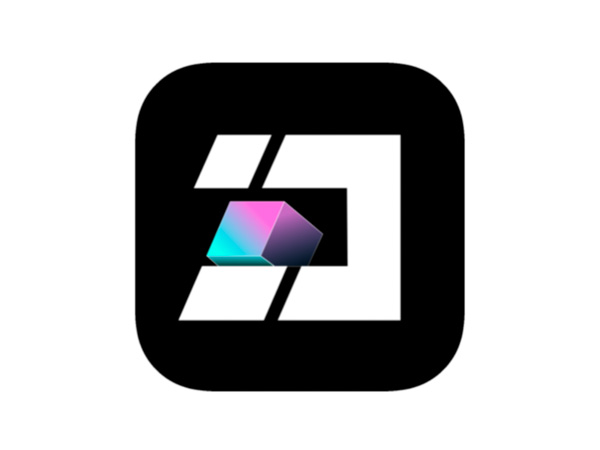
The largest internet company in China, Tencent, launched its NFT marketplace. A year later, China banned NFT sales and Tencent closed the marketplace following low profits. (Related: Link / Twitter)

Promoting decentralization, this free decentralized app allows artists to deploy their own smart contracts and mint ERC-721 NFTs on Ethereum. (Related: Link)

Founded in 2000, 1stDibs is a design-focused furniture and art online marketplace which expands its offering into the NFT space. (Related: Link)
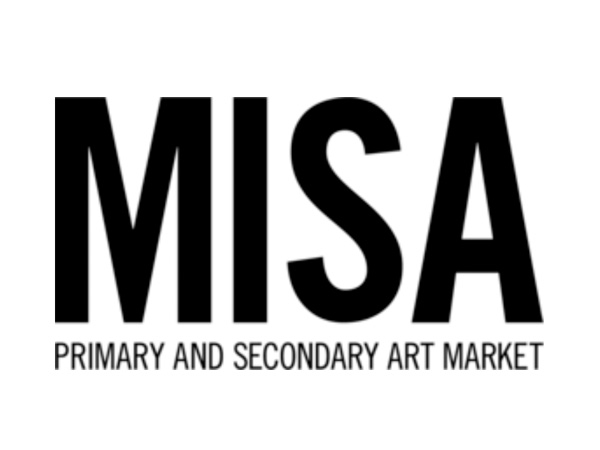
Berlin-based online art marketplace MISA by König Gallery launched its marketplace MISA.art, focussing entirely on NFTs. (Related: Link / Twitter)

All-Art Protocol released Solsea, a curated Solana-based aggregator NFT marketplace, which includes NFTs with embedded licences and credit card payment integration. (Related: Link / Twitter)
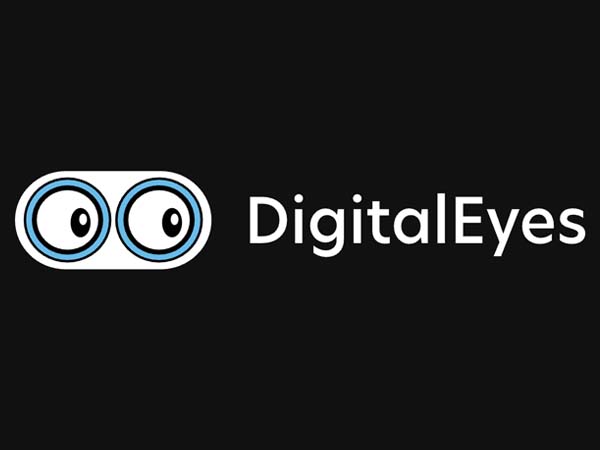
DigitalEyes is an open Solana-based aggregator NFT marketplace that also featured unverified NFT collections and projects. (Related: Link / Twitter)
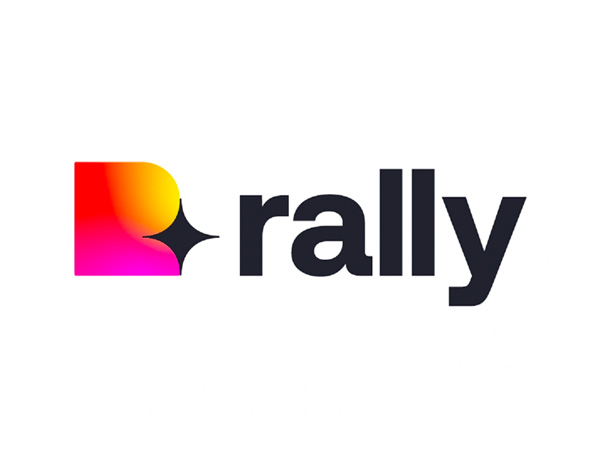
The social coin platform centred around content creators and influencers launched its NFT marketplace on its own Proof-of-Authority Ethereum sidechain. The project ended suddenly in February 2023. (Related: Link / Twitter)

Initiated by the Kunstverein in Hamburg and artist Simon Denny that reflects on themes of technology, organization and ownership. (Related: Link)
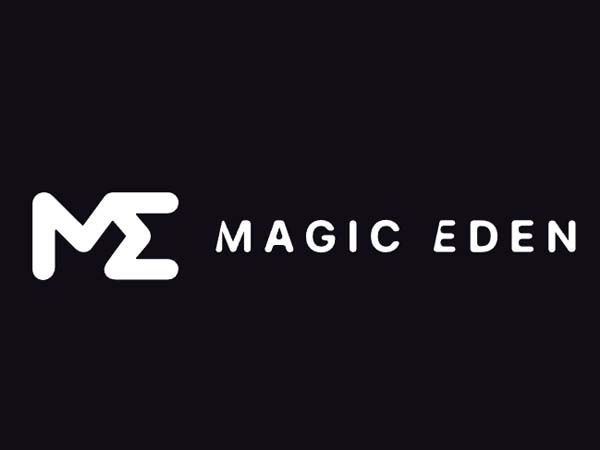
Magic Eden is a Solana-based aggregator NFT marketplace. The Alpha version launched on September 14th but the Solana network went offline for 17h that day. (Related: Link / Twitter)

With “Crypto Kiosk” Kenny Schachter curates an introduction of NFTs for Galerie Nagel Draxler at the Art Basel fair in Switzerland. (Related: Link)
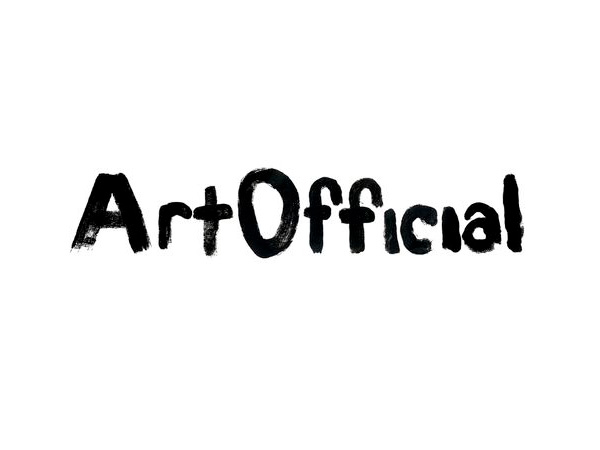
ArtOfficial is a collaborative NFT platform of the traditional Vito Schnabel gallery with locations in New York and Switzerland and entrepreneur Gary Vaynerchuk. (Related: Link / Twitter)

The South Korean NFT marketplace launches on the Ethereum blockchain. (Related: Link)

FX(Hash) is an experimental platform for generative or algorithmic art based on the Tezos blockchain. (Related: Link)

ETH-based marketplace with a strong focus on curation along with a range of managed services for artists and collectors. (Related: Link)
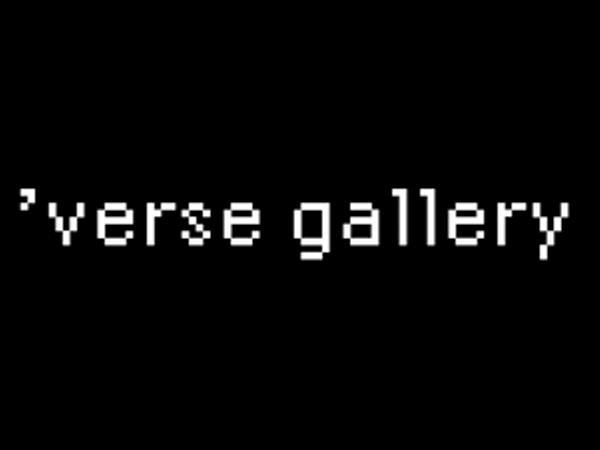
Founded by Sophia Adampour and Mikail Adampour, Verse Gallery opened as Scandinavia’s first physical NFT gallery in Oslo, Norway. (Related: Link / Twitter)
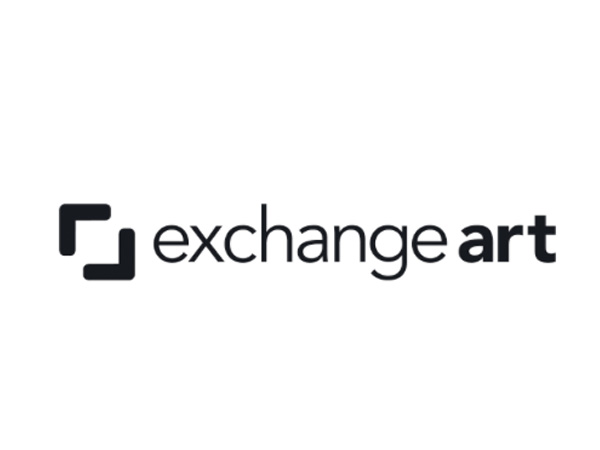
Exchange Art is a fine art NFT marketplace on the Solana Blockchain. The London-based marketplace launched within two months after the company was founded. (Related: Link / Twitter)
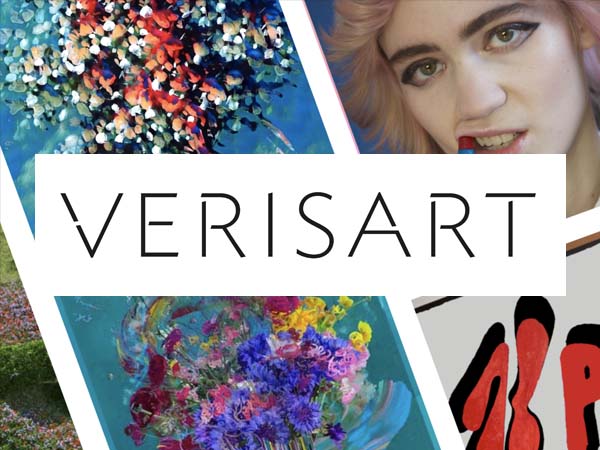
The well-established provenance platform branches into offering NFTs/smart contract services. The NFTs can be listed on different platforms. (Related: Link / Twitter)
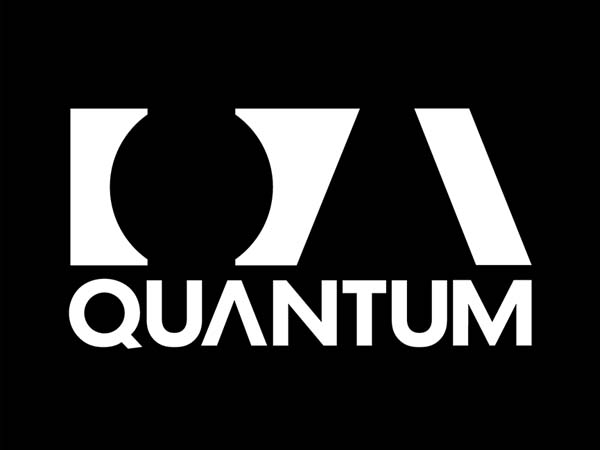
Photographer Justin Versano launched with Alexx Shadow, Kris Graves, and Jonas Lamis the NFT platform initially focused on large fine art photography drops. (Related: Link / Twitter)
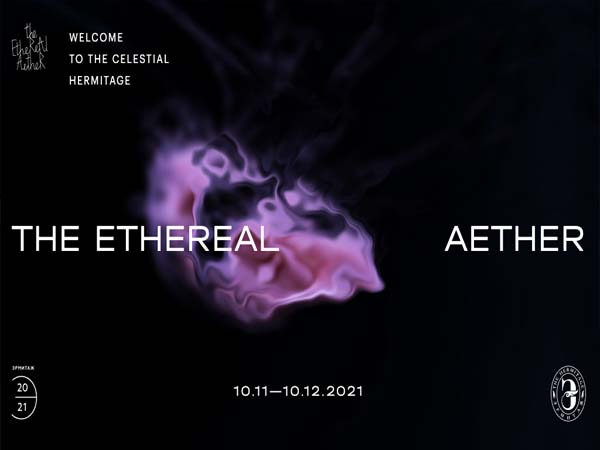
Dimitri Ozerkov and Anastasia Garnova curated the first virtual NFT exhibition by the State Hermitage Museum in Saint-Petersburg, Russia. (Related: Link / Twitter)

Brain Drops is an Ethereum-based NFT platform focused on AI-generated art with releases of 500 to 1,000 pieces. (Related: Link / Contract / Twitter / Note)
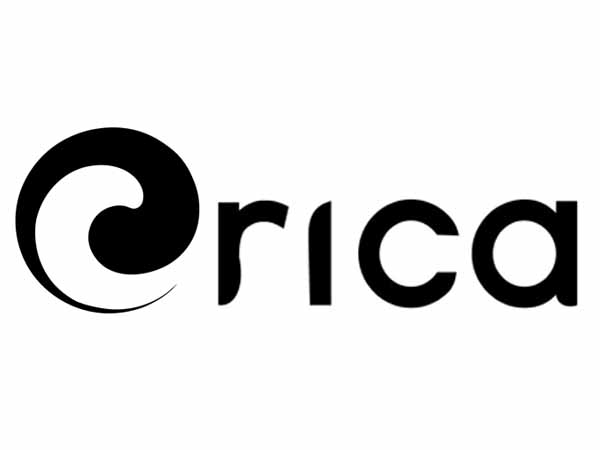
Orica is an NFT marketplace for ethical funding of digital creatives and social impact projects on the Binance Smart Chain. (Related: Link / Twitter)

Curated by Feng-Yi Chu this exhibition explores critical views on the blockchain for the Solid Art Gallery in Taipei, Taiwan. (Related: Link)
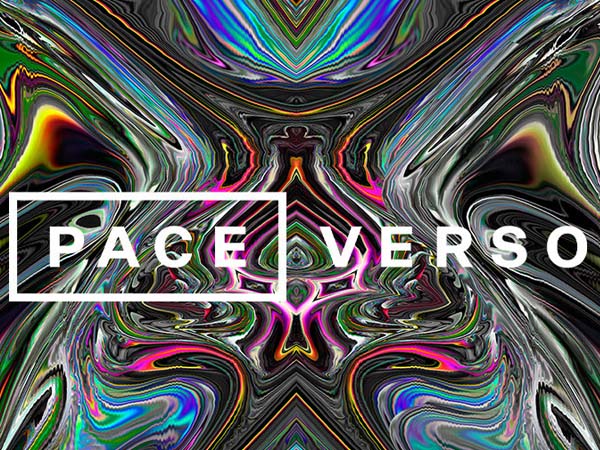
International Pace Gallery launched its NFT marketplace on the Palm Network, an Ethereum sidechain focused on low-transaction-fee NFTs. (Related: Link / Twitter)

Dynamic Art Museum presents with DART 2121 the first major exhibition project dedicated to Crypto Art within a museum space in Milan, Italy. (Related: Link)

The solo exhibition took place at Subtile art gallery in Diderich, Luxembourg-based in partnership with Tezos-based marketplace Kalamint. (Related: Link)
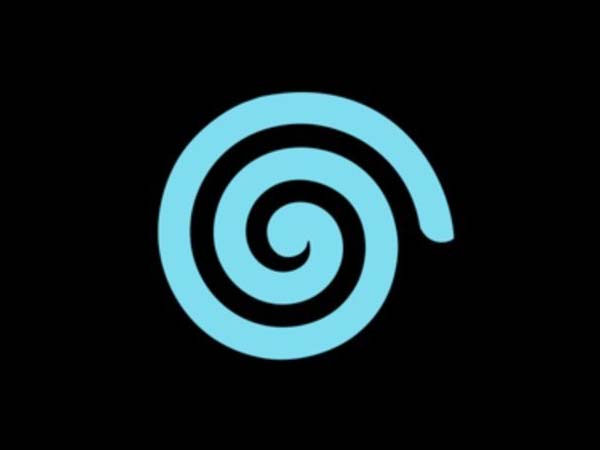
Portals is a web-based metaverse platform in the Solana ecosystem and winner of the Solana Ignition Hackathon. The first release of parcels sold out within four minutes. (Related: Link / Twitter)
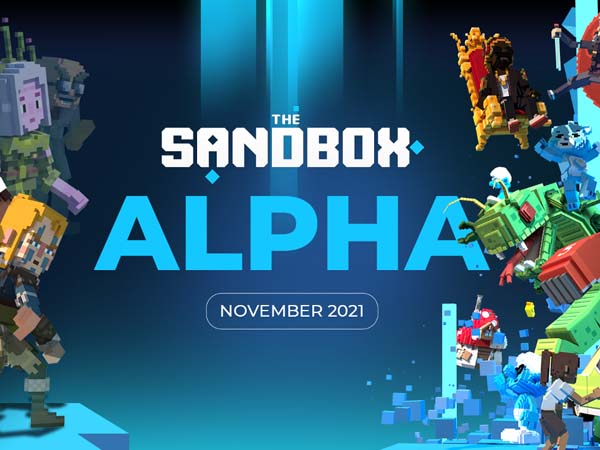
The Sandbox is an Ethereum-based virtual gaming world where players can build, own, and monetize their gaming experiences. The metaverse uses its own utility token SAND. (Related: Link / Twitter)
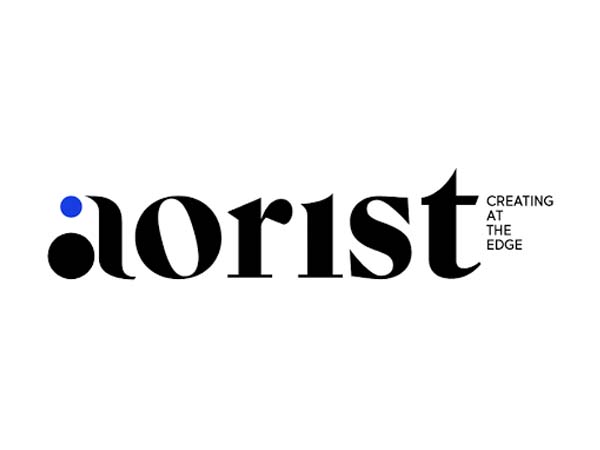
Aorist is an artist-led NFT marketplace on the Algorand blockchain launched during Miami Art Week. The marketplace pledges to offset its carbon emissions. (Related: Link / Twitter)
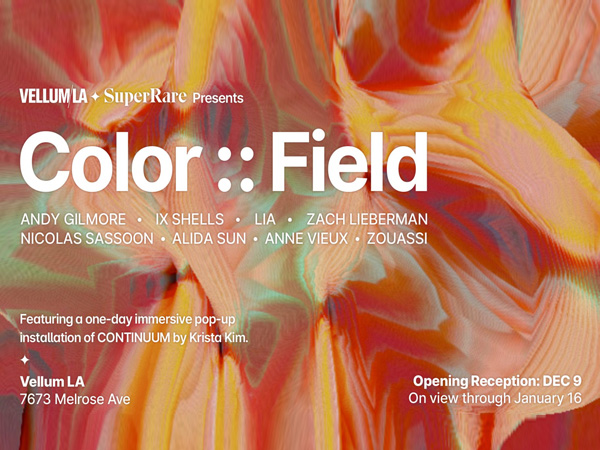
This exhibition drew a thread between contemporary digital art and the iconic Color Field movement of the 20th century at Vellum LA in Los Angeles, CA. (Related: Link / Twitter)
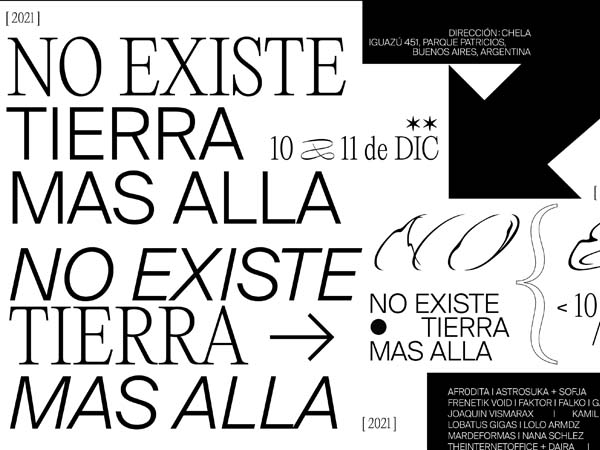
Crypto Argentina Collective features 30 artists with physical and digital crypto artworks curated by Merlina Rañi in Buenos Aires. (Related: Link)
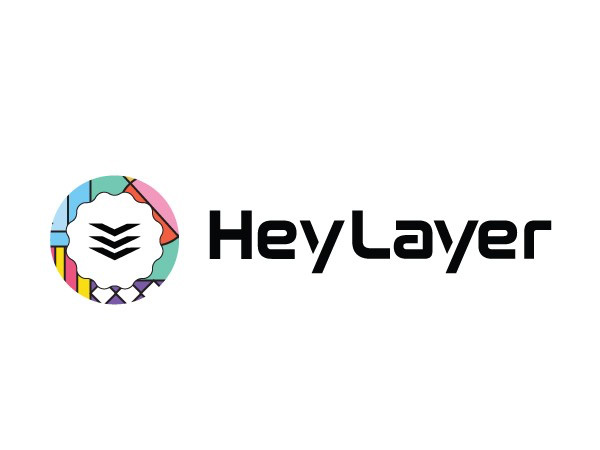
Layer is based on the Stacks blockchain and launched with the ON THE BLOCK: SATOSHE collection by 20 selected female artists. (Related: Link / Twitter)

MoCA, the French Museum of Crypto Art celebrated its third anniversary with a large group exhibition and conference in the former Pierre-Cardin museum in Paris, France. (Related: Link / Twitter)

The NFT marketplace and DAO Ethernaal focuses on tattoo NFTs some of which are redeemable as physical tattoos. (Related: Link)

ArtNFT: Beginnings features pioneers of computer art along with established crypto artists. (Related: Link)

Cryptoart India Collective (CIC) hosts with DAZE an exhibition featuring 30 artists and curators from India’s NFT scene in Delhi. (Related: Link)
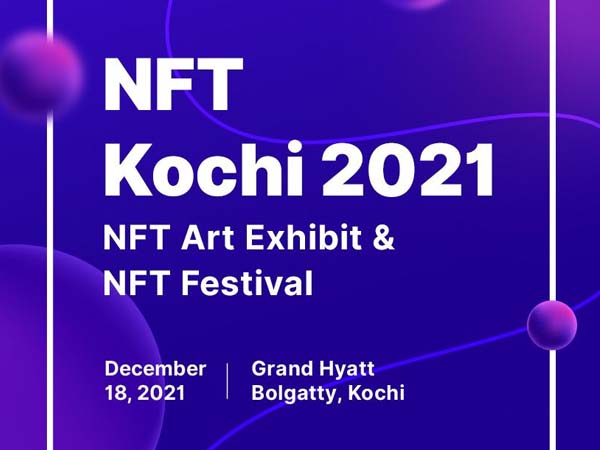
At the same time as the Daze exhibition in the North of India, NFT Kochi celebrated the Indian NFT scene in the South with a conference, art festival and exhibition. (Related: Link / Twitter)
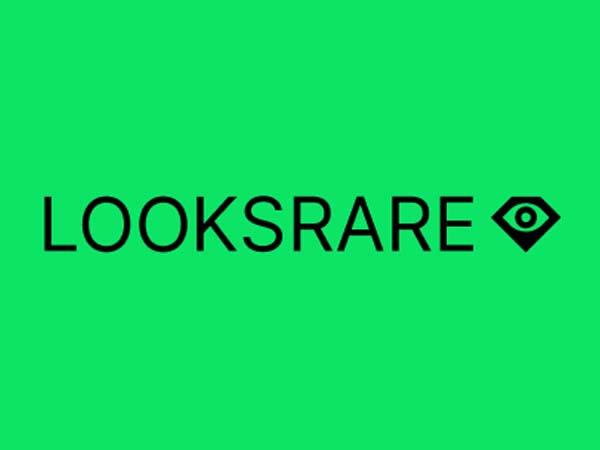
LooksRare is an NFT marketplace aggregator that combines its own token and incentivizes trading. (Related: Link / Contract / Twitter)
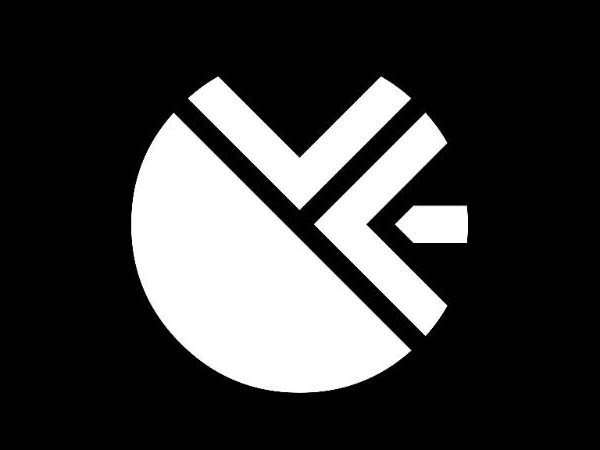
Versum is a Tezos-based NFT marketplace and metaverse with a focus on art, curation, decentralization and scalability. (Related: Link / Twitter)
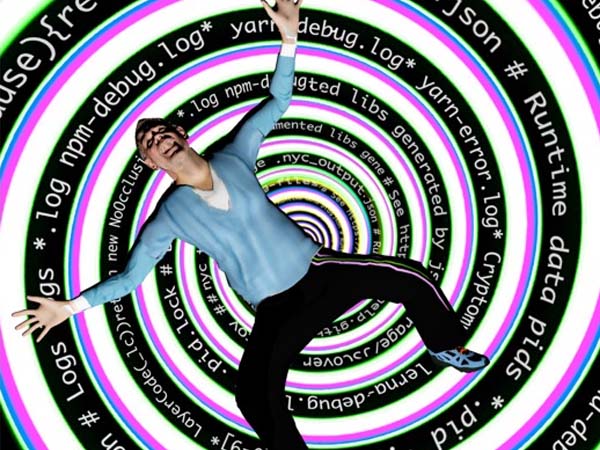
Nagel Draxler gallery converted one of its venues to an NFT gallery and will host Kenny’s solo exhibition as its inaugural show. (Related: Link / Twitter)

Dubai Culture with Morrow Collective hosted its first NFT exhibition featuring 50 works made by artists in the UAE at the Al Safa Art and Design library in Dubai. (Related: Link / Twitter)
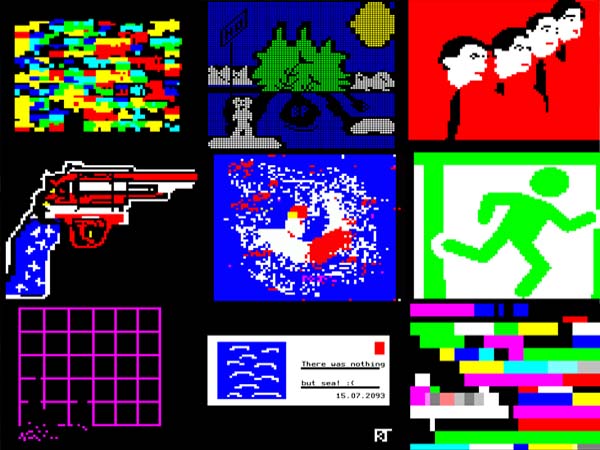
TeleNFT questions technological progress in the context of economic and environmental crises in Teletext on 78×69 pixels. Haarich & Gleb Divov curated the 15 international artists to work with this 40-year-old medium. (Related: Link / Twitter)
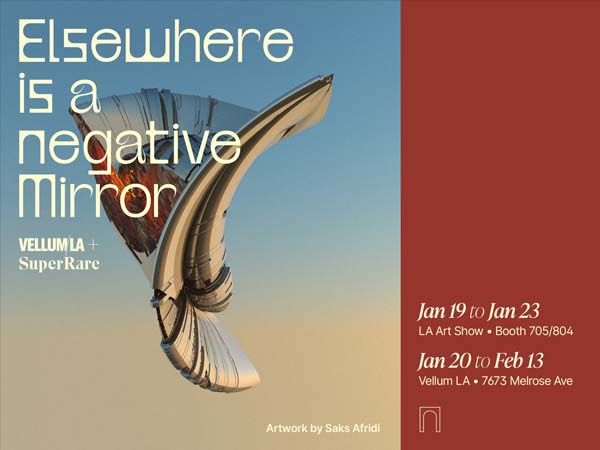
Curated by Jesse Damiani and Sinziana Velicescu, Elsewhere is a Negative Mirror is an in-person NFT exhibition at the LA Art Show and at Vellum LA gallery. (Related: Link / Twitter)

Reasoned Art & Lava Club showcased four Italian artists’ attempts to conceptualize post-human subjectivity at Gluck 50 in Milan, Italy. (Related: Link / Twitter)

Right Click Save (RCS) is a new online magazine for critical conversation about NFTs by expert contributors published by Jason Bailey (Artnome) and Club NFT. (Related: Link / Twitter)
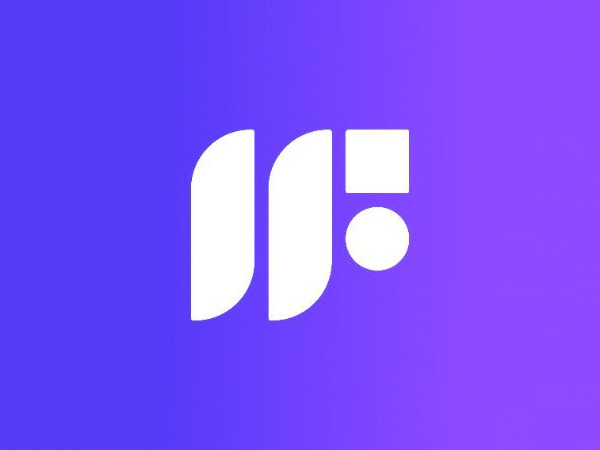
Formfuntion launched on the Solana blockchain. The NFT marketplace positioned itself dedicated to independent artists with a focus on 1/1 art. (Related: Link / Twitter)
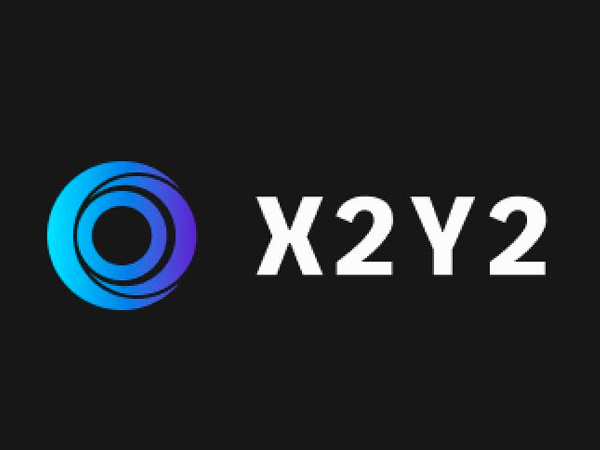
Positioned as a decentralized OpenSea contender, X2Y2 is a community-owned marketplace based in Singapore which is organized through a governance token of the same name. (Related: Link / Contract / Twitter)
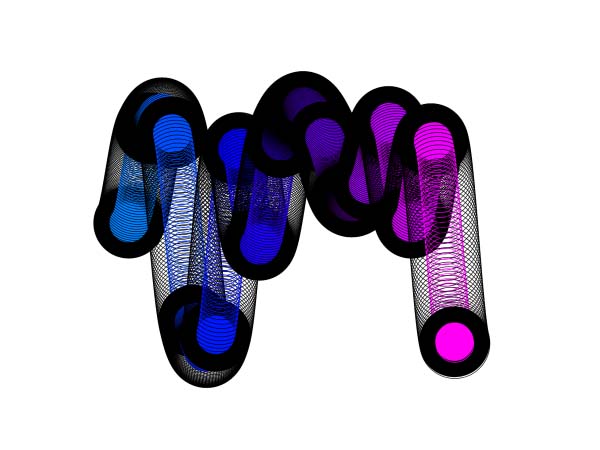
Venus Over Manhattan presented an exhibition of recent work by Snowfro (Erick Calderon) the founder of Art Blocks, organized in collaboration with Infinite Objects. (Related: Link / Twitter)
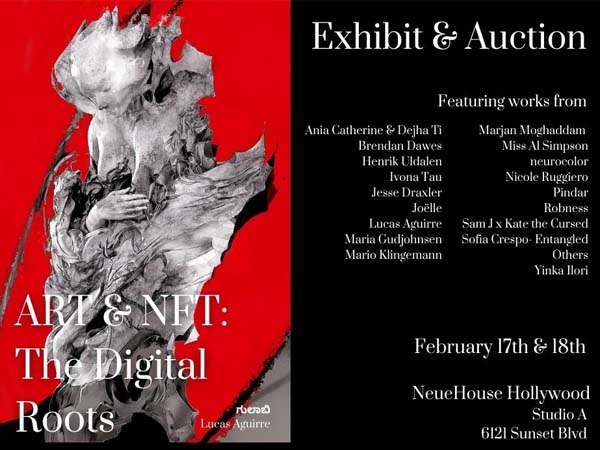
Curated by Mikol Apruzzese of Vertical Crypto art in collaboration with Rarible, Whitewall and Tezos, the exhibition showcases 19 artists at NeueHaus in Hollywood, LA. (Related: Link / Twitter)
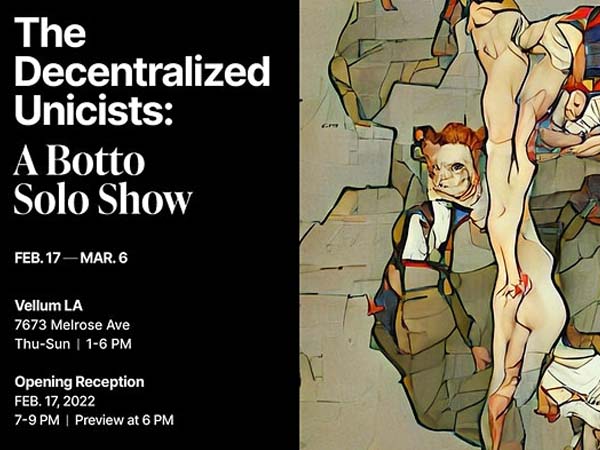
Curated by Jesse Damiani and Sinziana Velicescu, The Decentralized Unicists is the first solo show ever by a “decentralized autonomous artist” at Vellum, LA. Botto is a generative artist governed by the community. (Related: Link / Twitter)
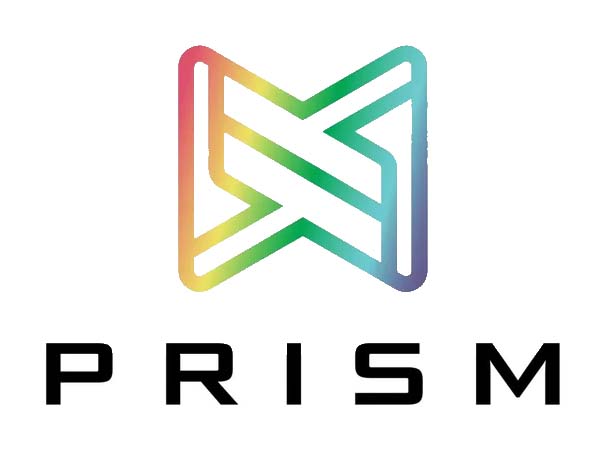
The Waterville, OH-based NFT marketplace launched on Ethereum but will switch to the company’s own NuPay blockchain. PRISM claims to use a patent-pending artwork protection mechanism. (Related: Link / Contract / Twitter)
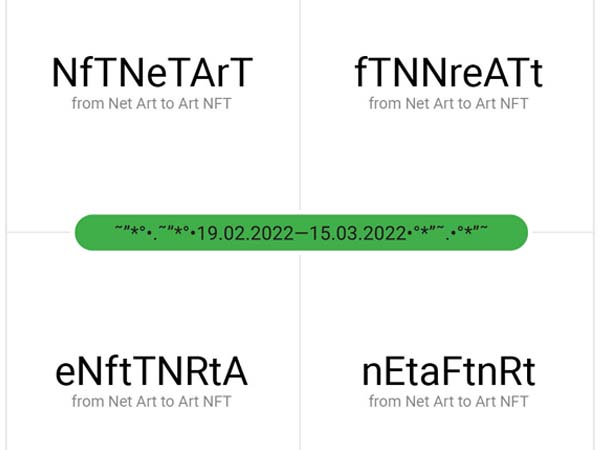
This exhibition of nine international artists has been developed in cooperation between Berlin-based Panke gallery and OFFICE IMPART and will be shown physically in both spaces and digitally at jpg.space. (Related: Link / Twitter)
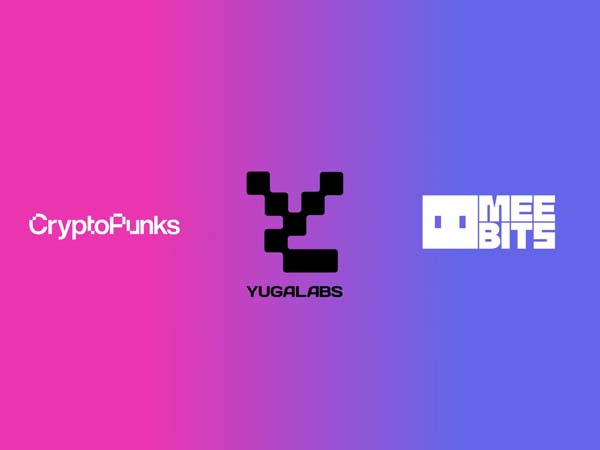
Yuga Labs the creator of the Bored Ape Yacht Club acquired the IP for the two projects from Larva Labs. Despite Yuga Labs’ intention to ease the copyright policy, the sale was discussed controversially. (Related: Link / Twitter)
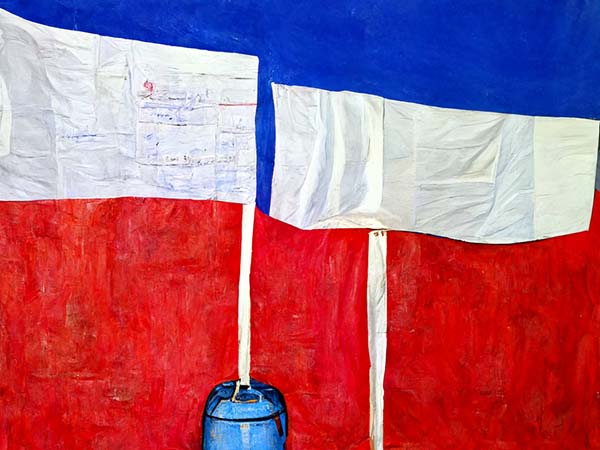
Paris-based L’Avant Galerie Vossen highlighted the trashart social movement/meme within the crypto art scene with an international group exhibition. (Related: Link / Twitter)
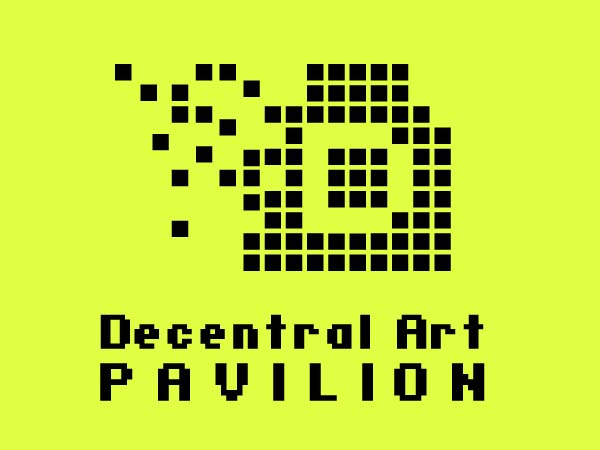
The Decentral Art Pavilion Venice Edition, titled Singularity will feature over 200 NFT works of art created by international artists now shaping the NFT space. (Related: Link / Twitter)
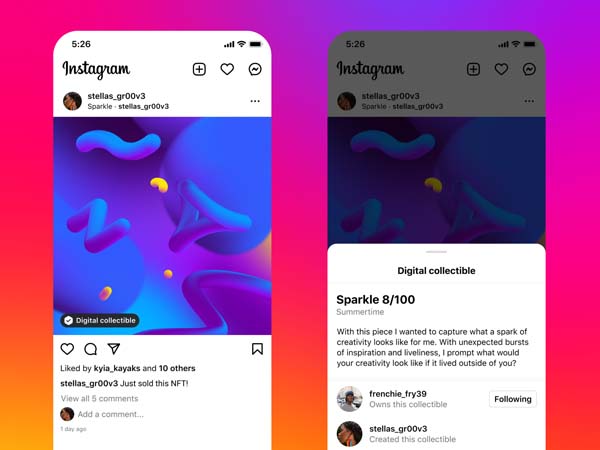
Meta rolls out the integration of ETH, Solana, Polygon and Flow NFTs in posts and stories for a handful of American creators on Instagram. As a controversial centralized platform, Meta’s efforts to adapt web3 technology warrant a critical assessment. (Related: Link / Twitter)
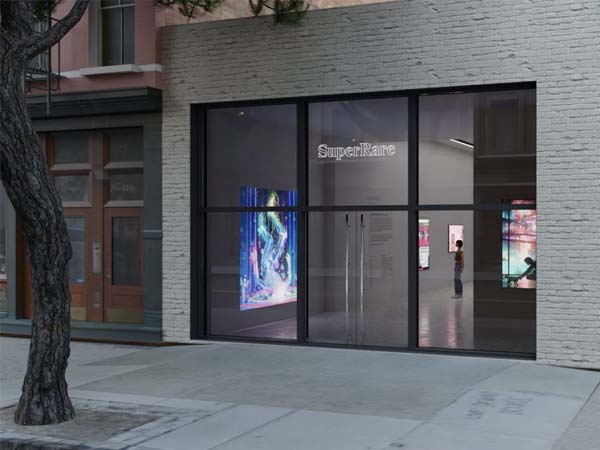
For a period of three months, SuperRare is hosting changing group exhibitions in its pop-up gallery in Soho. The five curated exhibitions will feature selections from its in-house curatorial team as well as guest curators. (Related: Link / Twitter)
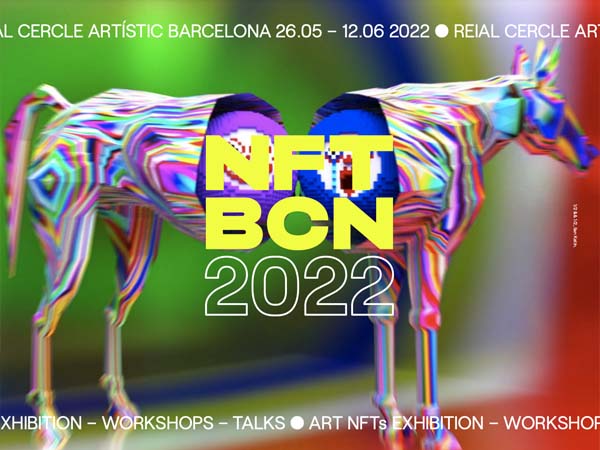
Hosted at the Pignatelli Palace in Barcelona, Spain, this cross-chain conference and exhibition aimed to bring together traditional art world professionals and the crypto art space. (Related: Link / Twitter)
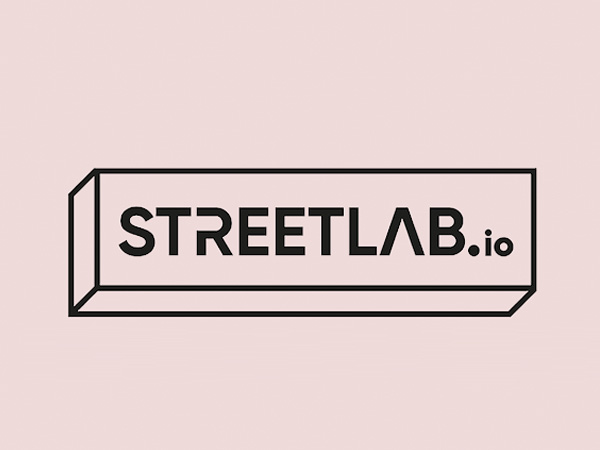
The Swiss-based marketplace aims to be a community-led platform creating permanent NFT records of usually ephemeral street art. The Genesis collection featured Mexican street artist Yescka. (Related: Link / Contract / Twitter)
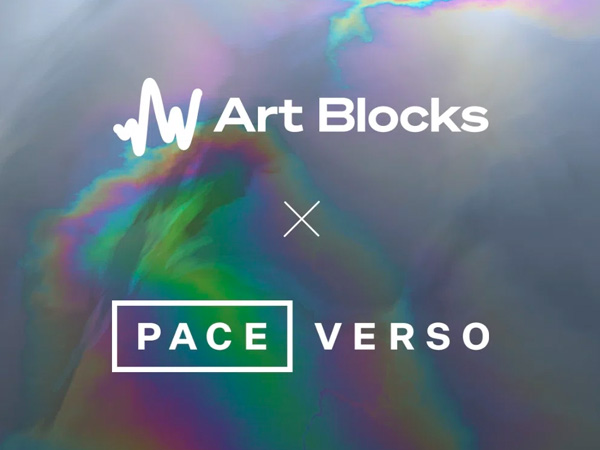
The generative art marketplace and the large traditional gallery network announce a multi-faceted partnership with curated NFT releases, exhibitions and community programming. (Related: Link / Twitter)
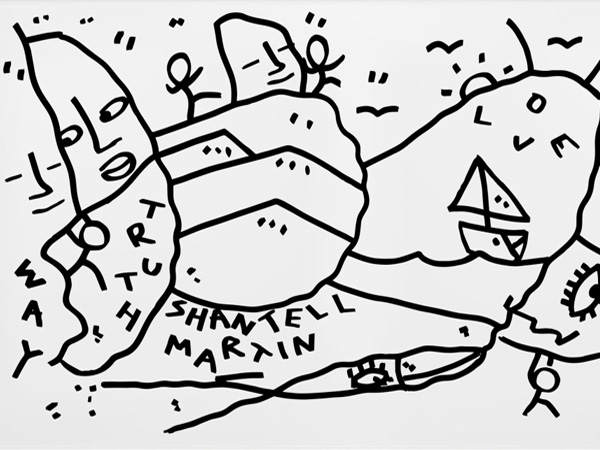
The Los Angeles County Museum of Art announced its new digital acquisition fund for digital art by women artists. The museum also acquired its first two NFTs by Krista Kim and Shantell Martin. (Related: Link / Twitter)
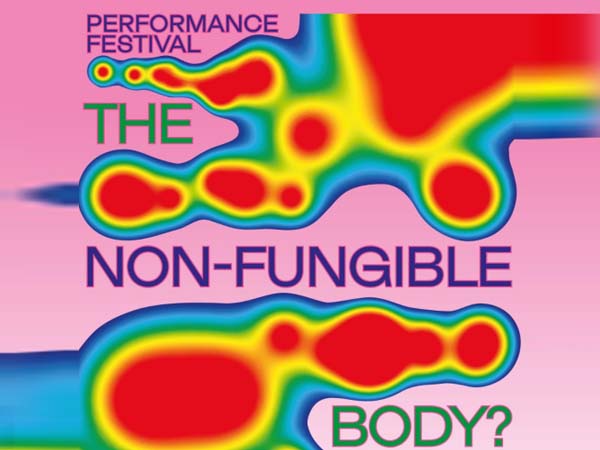
Freda Fiala und River Lin curated for the OK Center for Contemporary Art Austria a performance festival with artists exploring the intersection of performance art and NFTs. (Related: Link / Twitter)
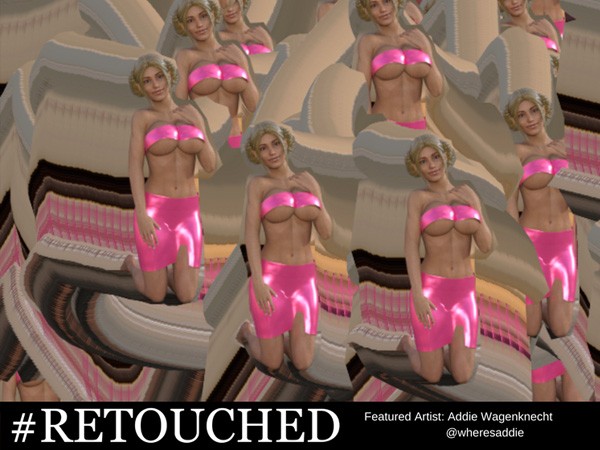
CADAF, the crypto and digital art fair launched its own marketplace on the Tezos blockchain with a curated drop entitled #Retouched featuring female creators. (Related: Link / Twitter)
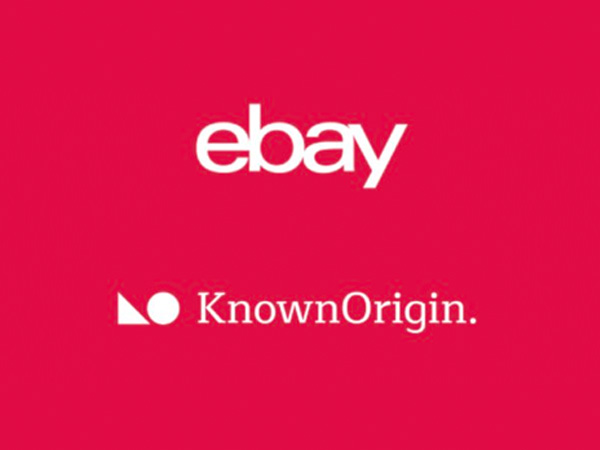
The acquisition of the marketplace KnownOrigin founded in Manchester in 2018 was received as highly controversial as more traditional web2 companies expand their reach into a seemingly decentralized and artist-centred space. (Related: Link / Twitter)
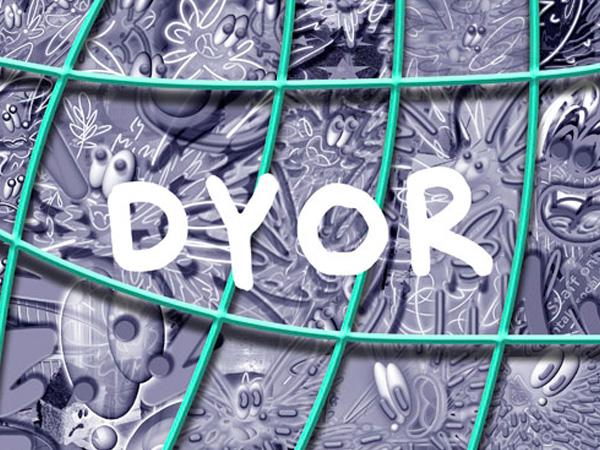
Andreas Stylianou held his NFT-centred solo exhibition DYOR short for “do your own research” at the Alpha C.K. Art Gallery in Nicosia, Greece. (Related: Link / Twitter)
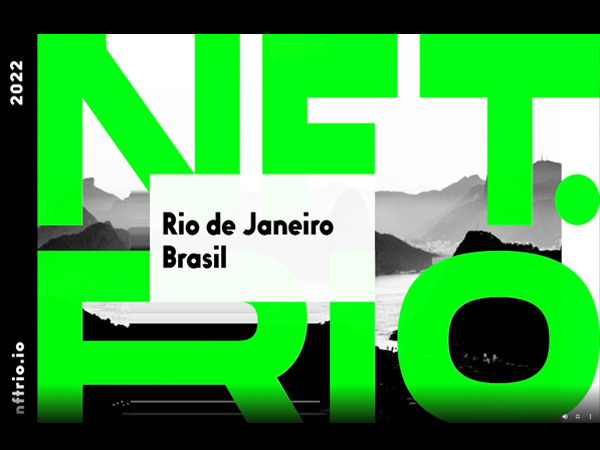
NFT Rio hosted an international exhibition at the Visual Arts School of Parque Lage and across 300 digital billboards in Rio de Janeiro and São Paulo, Brazil. (Related: Link / Twitter)

Curated by Domenico Quaranta and produced by Aksioma Institute for Contemporary Art, this online exhibition at distant.gallery focused on artworks which engage with blockchains and crypto culture in a critically constructive way. (Related: Link / Twitter)
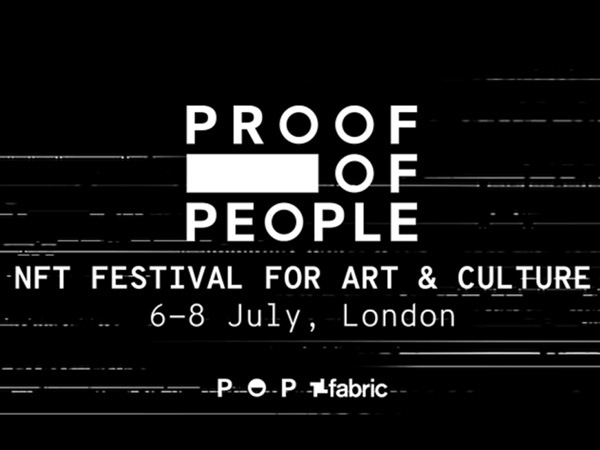
Vertical Crypto Art hosted this immersive 3-day festival showcasing art, fashion and music through the lens of metaverse culture and NFT-backed technology in London. (Related: Link / Twitter)
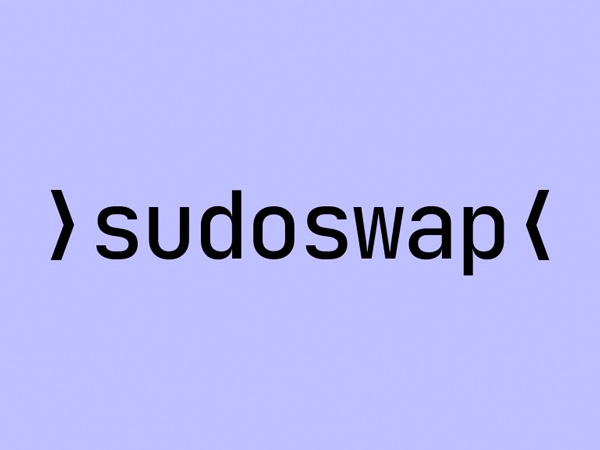
Targeting NFT traders, the DeFi-focused NFT marketplace positioned itself with aggressively low fees. Its controversial disregard of artist royalties sparked heated debates on the subject. (Related: Link / Contract / Twitter)
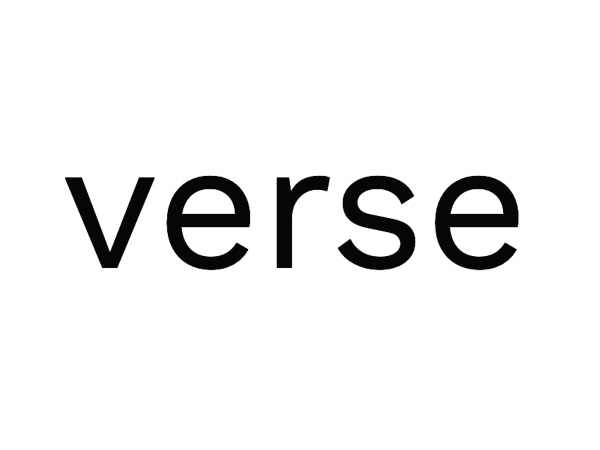
Founded by Jamie Gourlay and Augustinas Malinauskas, Verse marketplace focuses on traditional art world tastemakers and curators. Its inaugural online exhibition was This Is Tomorrow. (Related: Link / Twitter)
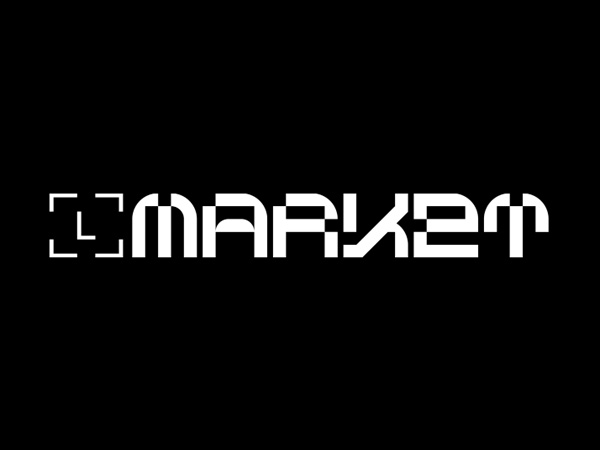
The French hardware wallet manufacturer Ledger launched its NFT marketplace for artists and brands focused on the security and integration of its hardware wallet. (Related: Link / Twitter)
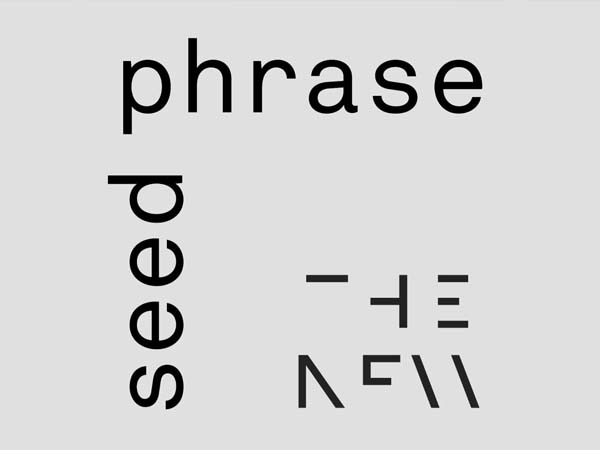
In his podcast produced by Simon Denny and THE NEW INSTITUTE, the artist talked with people from art, tech, and the worlds in between about their experiences and ideas around Web3. (Related: Link / Twitter)
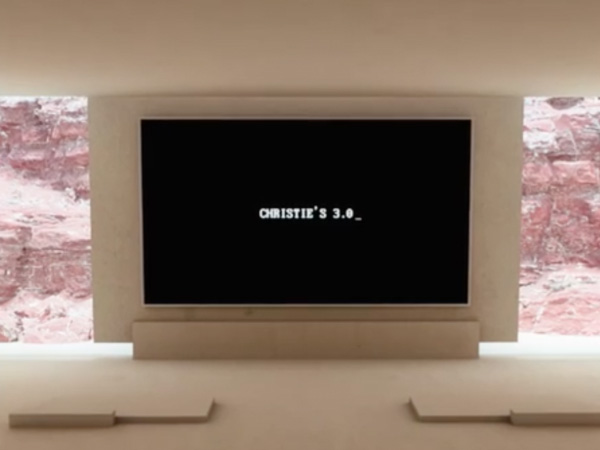
256-year-old auction house Christie’s collaborated with NFT platform Manifold, analytics firm Chainalysis, and metaverse platform Spatial to develop the new Ethereum-based NFT marketplace. (Related: Link / Twitter)
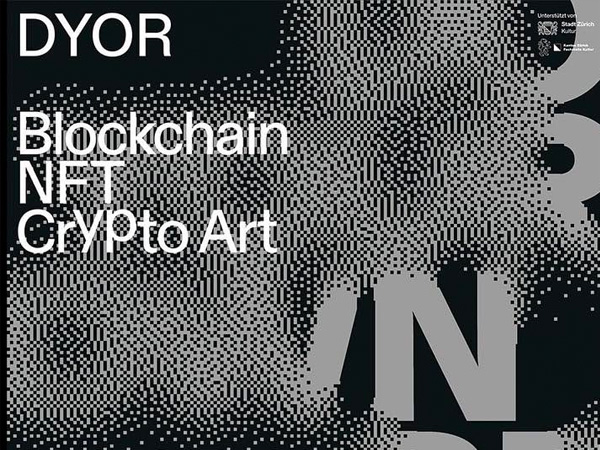
Kunsthalle Zurich dedicated this institutional group exhibition curated by Nina Roehrs to the nascent crypto art movement. It showcased to visitors a new art world: art in the context of blockchain and NFTs. (Related: Link / Twitter)
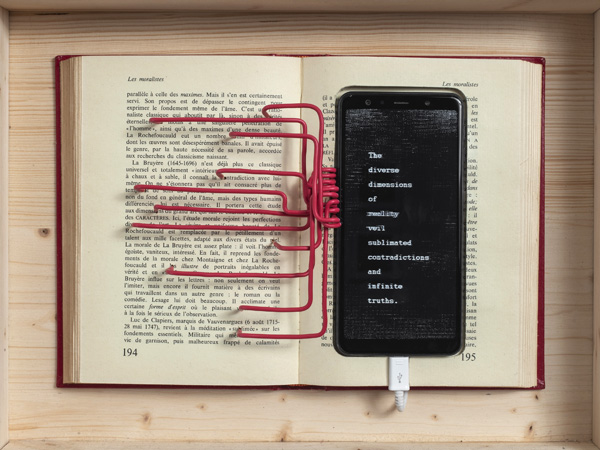
This collaboration between Paris-based L’Avant Galerie Vossen and theVERSEverse showcased a conversation of poetry and visual arts utilizing physical and digital media. (Related: Link / Twitter)
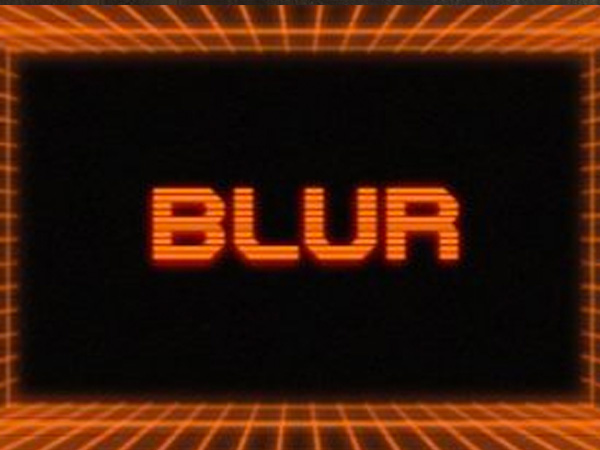
Backed by Paradigm and many web3 influencers, this controversial NFT marketplace targeted professional traders and featured the option to bypass royalty payments. The royalty payment was incentivized in return for its native $BLUR token. (Related: Link / Twitter)
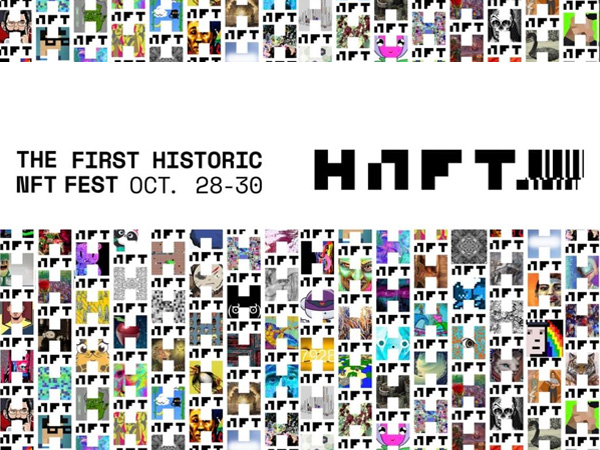
Celebrating the 5th anniversary of their Creeps and Weirdos collection, DADA hosted the first historic NFT Fest focused on NFTs from 2011 to 2019 at the Reial Cercle Artístic in Barcelona. (Related: Link / Twitter)
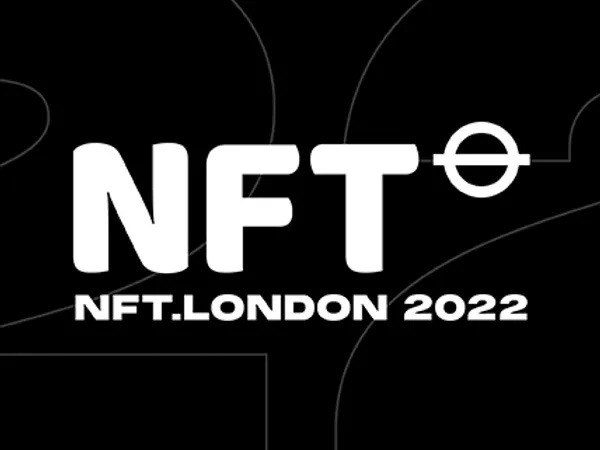
Since its inaugural conference in February 2019, NFT.NYC hosted tens of thousands of attendees. With NFT London this concept ventured to London at the Queen Elizabeth II Centre. (Related: Link / Twitter)
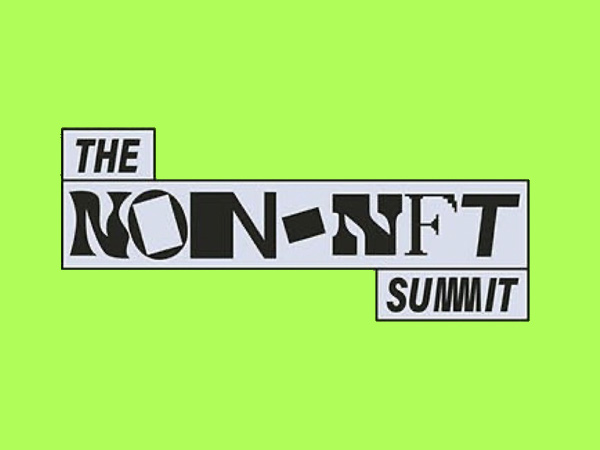
This artists-for-artists crypto art summit in Mexico City brings together people behind the crypto art movement in a one-of-a-kind collaboration led by artists Artists Moxarra, Neurocolor, Gus Grillasca, Ann Ahoy and Mr.MonkX. (Related: Link / Twitter)
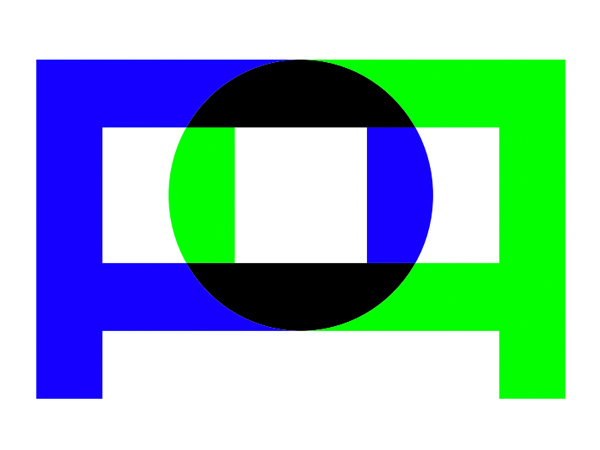
This online group exhibition was curated by Tina Rivers Ryan and claimed to be the first survey organized by an American museum of artists engaged with blockchains. It was also a Buffalo AKG Art Museum fundraiser in collaboration with Feral File. (Related: Link / Twitter)
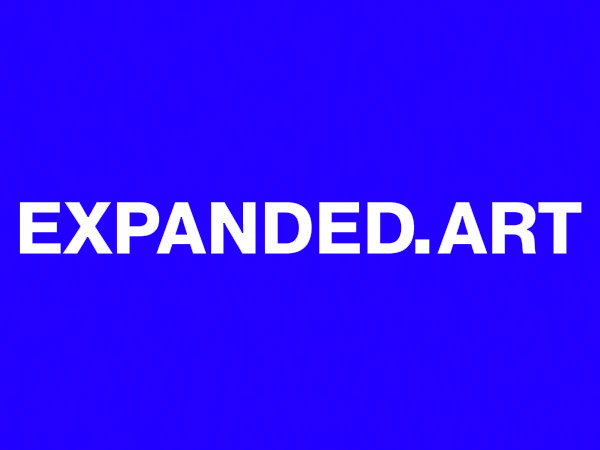
MISA Art by Berlin-based König Gallery rebrands its NFT marketplace as EXPANDED.art to further highlight its hybrid approach of a physical and digital gallery. (Related: Link / Twitter)

Software engineer Casey Rodarmor created Inscription 0 of his Bitcoin token protocol Ordinals. The protocol enabled on-chain Bitcoin NFTs, gained rapid popularity and sparked controversy within the Bitcoin community. (Related: Link / Contract / Twitter)
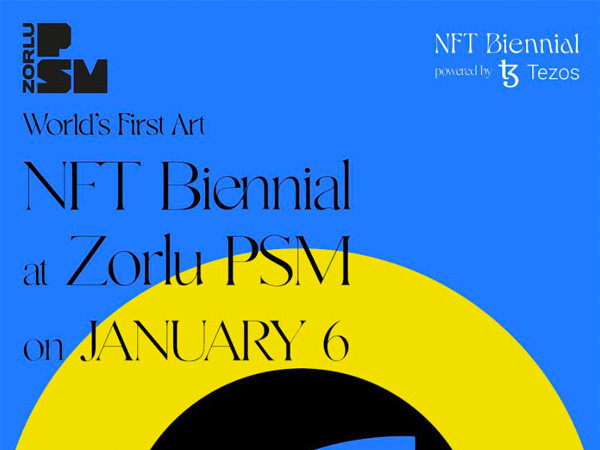
For one and a half months, the NFT Biennal showcased NFT in physical venues and galleries in Turkey, the United States, England, Colombia, the Netherlands, Germany and Japan. (Related: Link / Twitter)
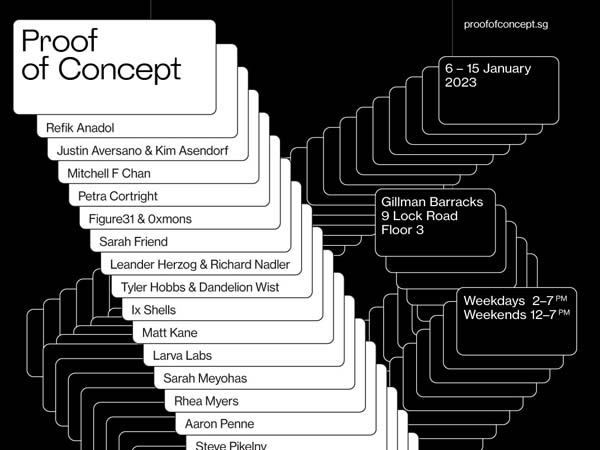
Presented by Co-Museum and curated by Appetite, Proof of Concept is a digital media and crypto art show happening at Gillman Barracks in Singapore. (Related: Link / Twitter)
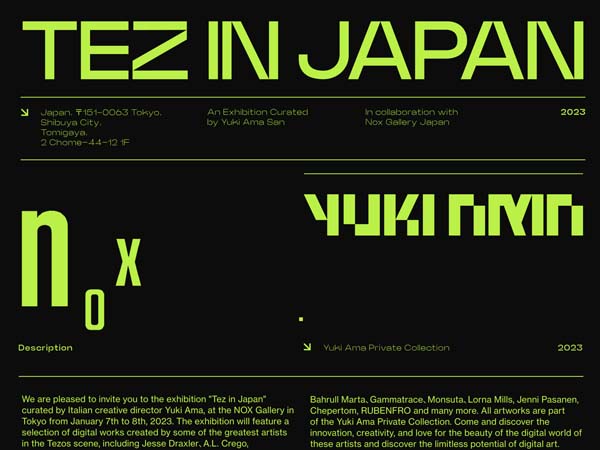
Curated by Yuki Ama, Tez in Japan is a digital art exhibition at the NOX Gallery in Tokyo, Japan. (Related: Link / Twitter)
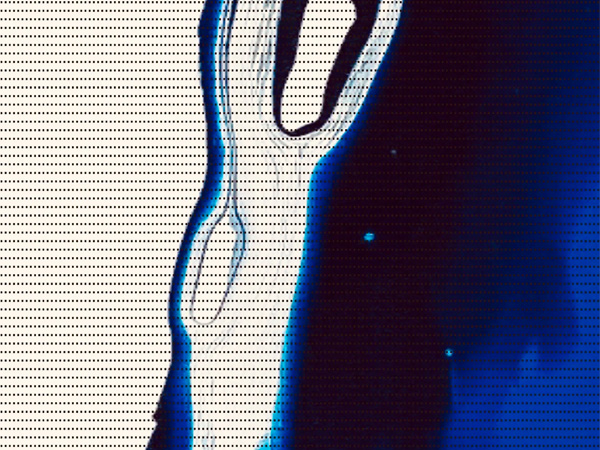
Leyla Fakhr and Anika Meier curated the joint exhibition of EXPANDED.art and Verse, highlighting artists who use algorithms and codes to create formal ideas of abstraction. (Related: Link / Twitter)
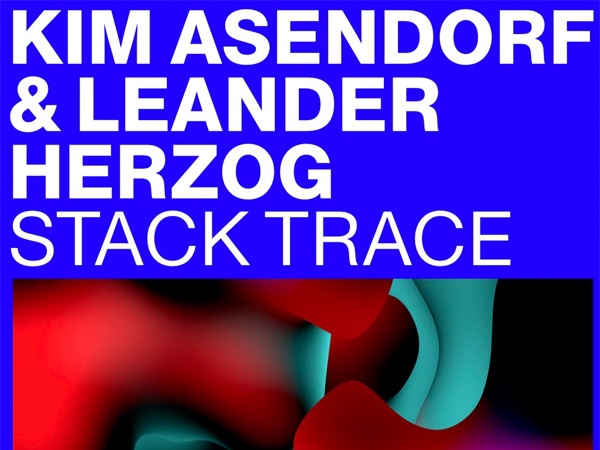
The duo show highlighted eight works on aluminum and a real-time multi-channel NFT collection, which the artists created as a site-specific installation for Expanded.art in Berlin. (Related: Link / Twitter)
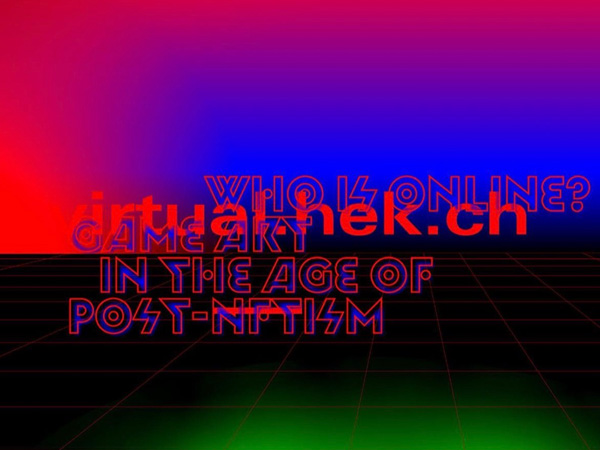
Curated by Anika Meier, the House of Electronic Arts Basel in Switzerland hosted this virtual exhibition, critically commenting on the gamified new online art world. (Related: Link / Twitter)
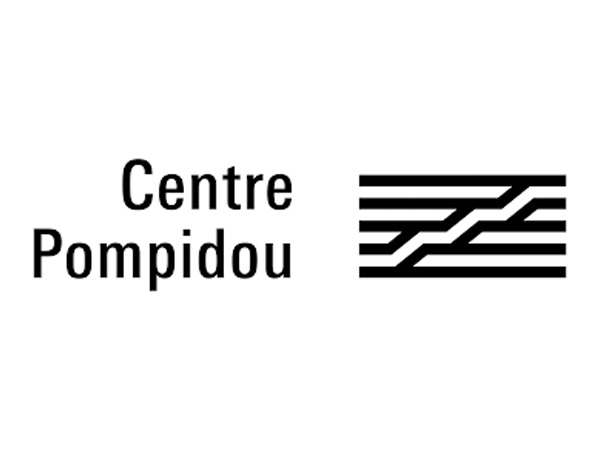
The Paris-based Centre national d’art et de culture Georges-Pompidou announced its crypto art collection by acquiring 18 projects by 13 French and international artists. (Related: Link / Twitter)
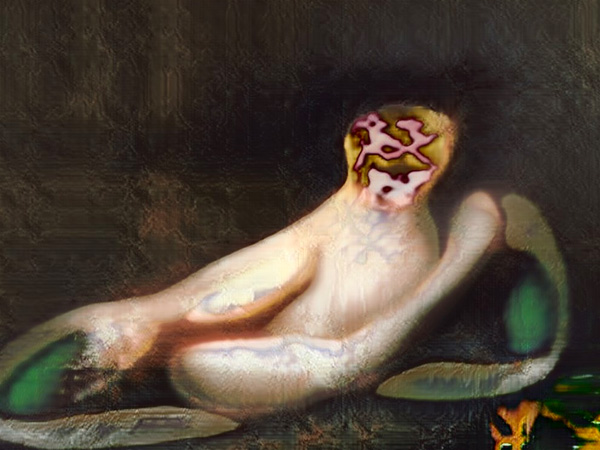
L’Avant Galerie Vossen focused in this solo exhibition on Robbie’s untokenized continuation of his early nude AI portraits and collaboration with painter Ronan Barrot. (Related: Link / Twitter)
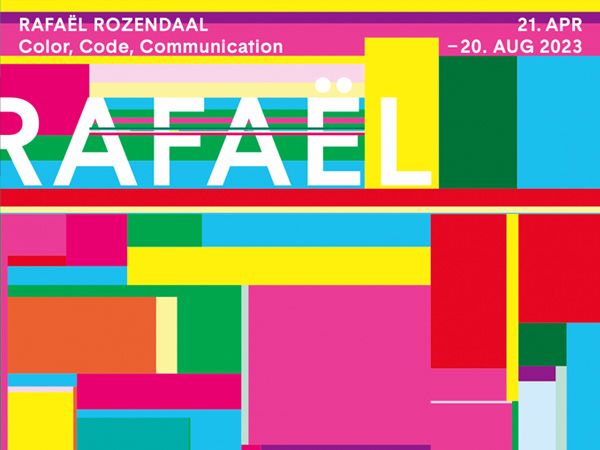
Dutch-Brazilian new media artist Rafaël Rozendaal’s solo exhibition is hosted by the German Folkwang museum and accompanied by a two-day symposium entitled New Landscapes – NFTs and the Museum. (Related: Link / Twitter)
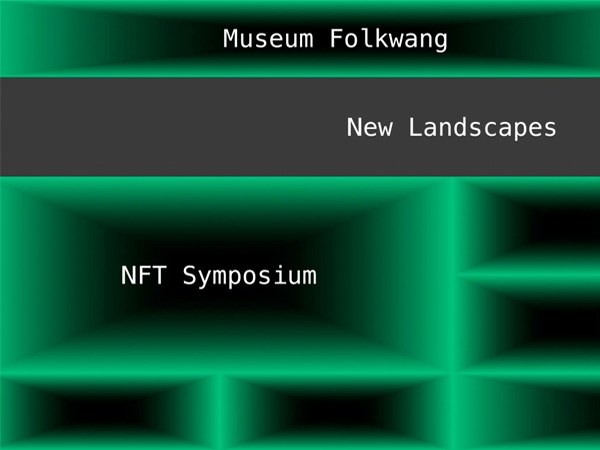
The Museum Folkwang in Germany’s Essen hosted this symposium with a focus on the new way art museums deal with NFTs and what this can mean for the future of museums. (Related: Link / Twitter)
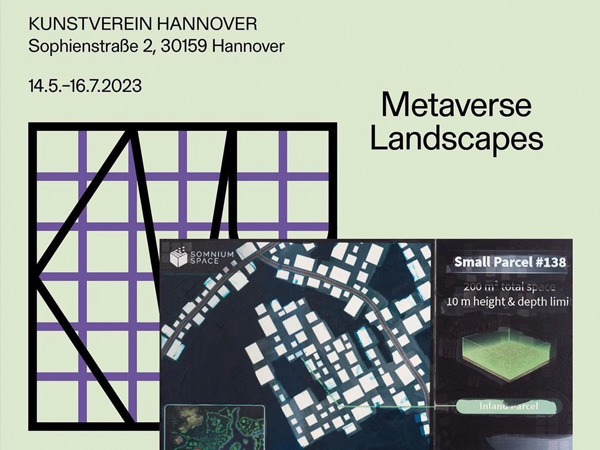
Kunstverein Hannover in Germany showcases Metaverse Landscapes, Simon Denny’s most recent series of works that offer a glimpse into a number of the rapidly growing immersive virtual worlds enabled by blockchain technology. (Related: Link / Twitter)
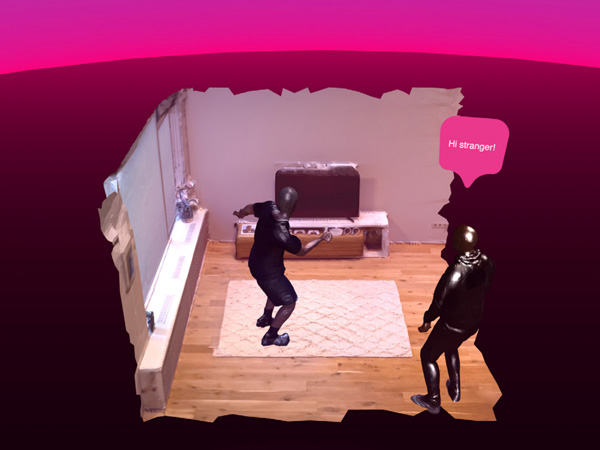
HEK (Hous of Electronic Arts) in Basel presented with their group exhibition a selection of international artists exploring the possibilities of a decentralized Internet that promises more self-determination. (Related: Link / Twitter)
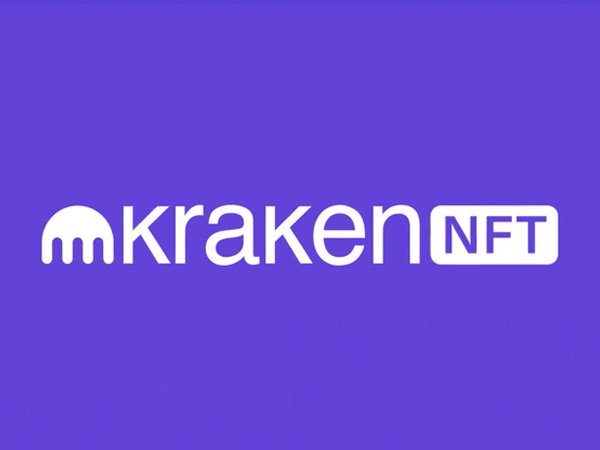
The American crypto exchange Kraken launched its own NFT marketplace with a focus on NFT collections. After testing the public beta since December 2022 the platform launched first with over 100 collections. (Related: Link / Twitter)
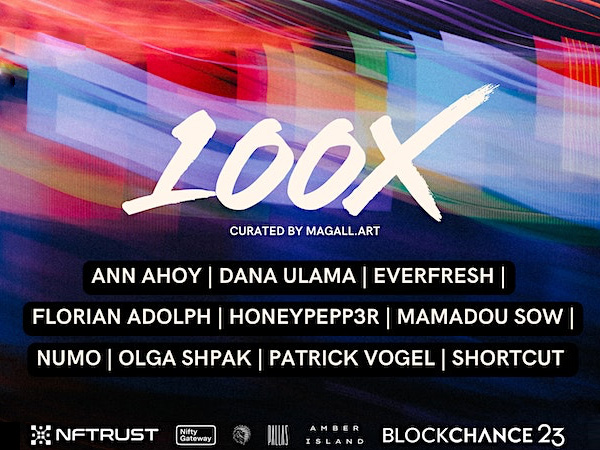
100X CRYPTO ART – unmasking the truth of crypto memes was a group exhibition featuring ten artists which took place at the Magall Art gallery space in Hamburg’s Schanzenviertel in Germany. (Related: Link / Twitter)
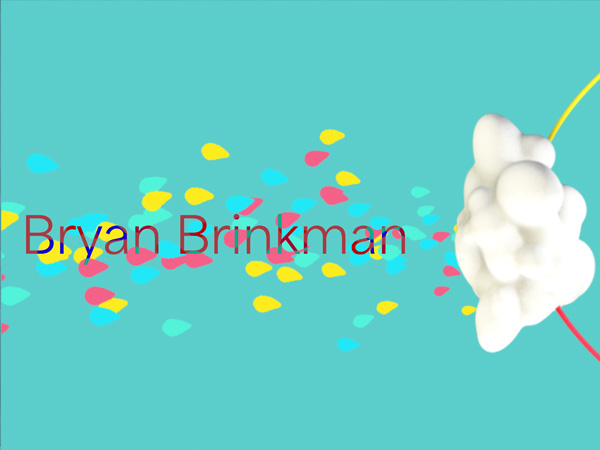
Bryan Brinkman’s first solo exhibition at Unit London focused on the intersection of technology and psychology. (Related: Link / Twitter)
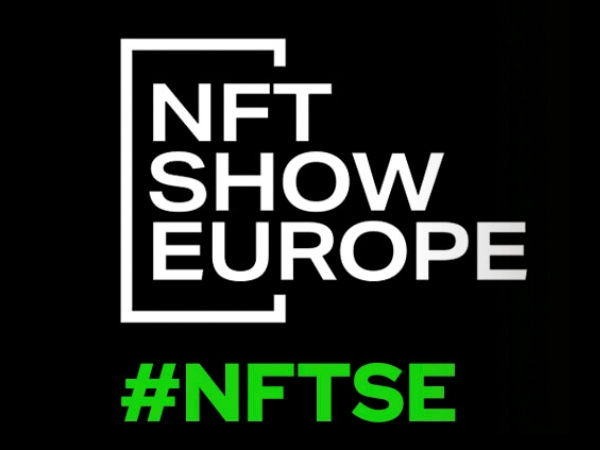
NFT Show Europe hosts the second edition in the Spanish city of Valencia, focusing on Web3, Digital Art, Blockchain & Metaverse. (Related: Link / Twitter)
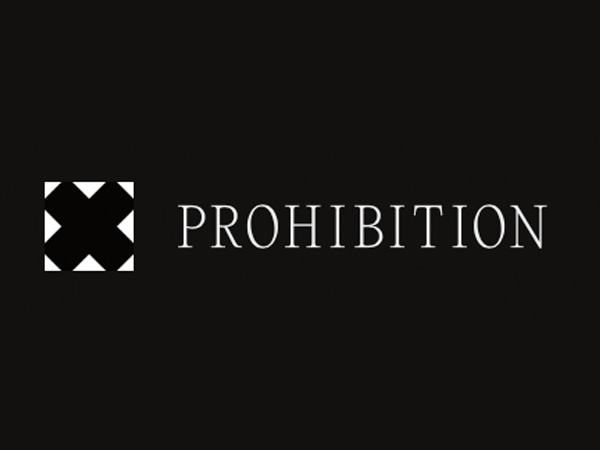
Prohibition is an open platform for on-chain generative art NFTs built on Art Blocks Engine and deployed on Arbitrum. Founder Jordan Lyall also created the Meme project. (Related: Link / Twitter / Note)
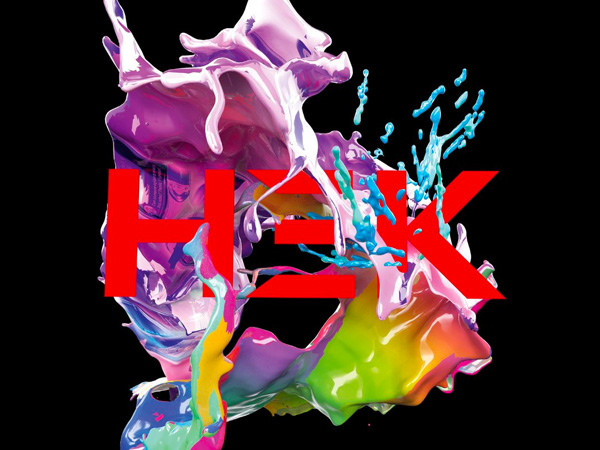
HEK (House of Electronic Arts) introduced its NFT-backed Friends of HEK membership. Aside from free entrance and exclusive events, the program promised to access to online exhibition open calls and curational decisions. (Related: Link / Twitter)
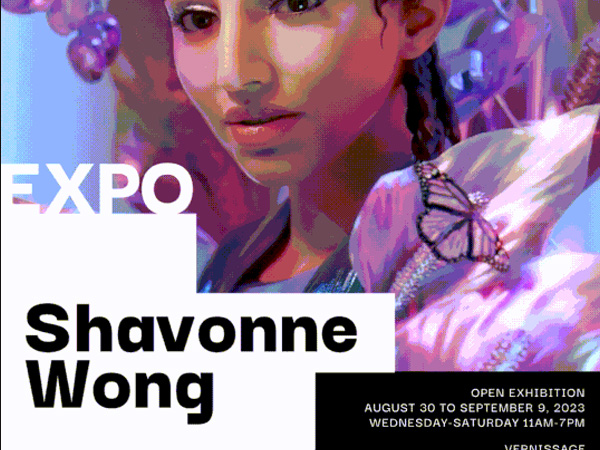
Paris-based NFT Factory presented a solo exhibition by Shavonne Wong, a distinguished Singapore-based artist and Forbes 30U30 Asia honoree, in 2020. (Related: Link / Twitter)
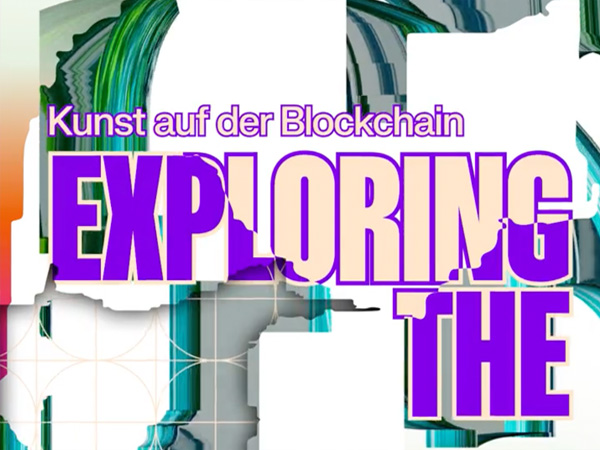
Sabine Himmelsbach and Boris Magrini curated this international group exhibition for the HEK (House of Electronic Arts) in Basel, Switzerland. The exhibition reviewed the recent developments of blockchain and Web3 from an artistic perspective. (Related: Link / Twitter)
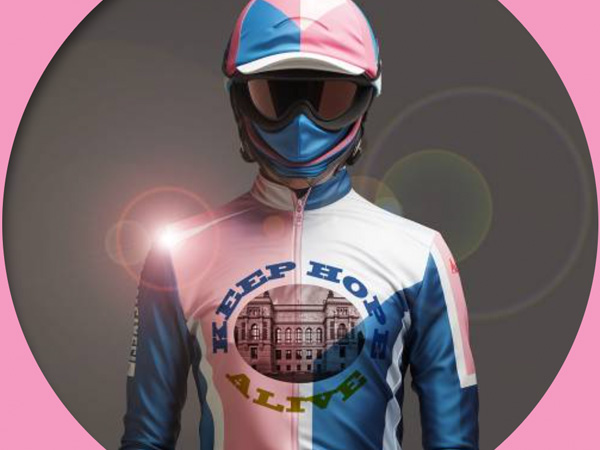
Schachter’s first solo museum exhibition celebrates perseverance, persistence, and the relentless pursuit of a life with art – at any cost. (Related: Link / Twitter)
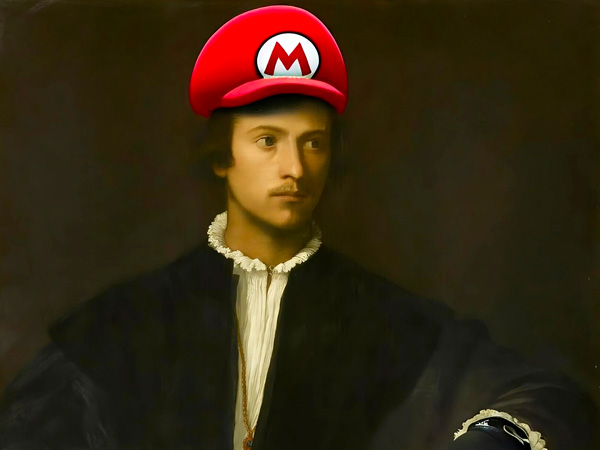
Paris-based L’Avant Galerie Vossen showcased the first solo exhibition of pseudonymous crypto artist and provocateur Max Osiris who is known for his spontaneous art mixing meme culture and dadaism. (Related: Link / Twitter)
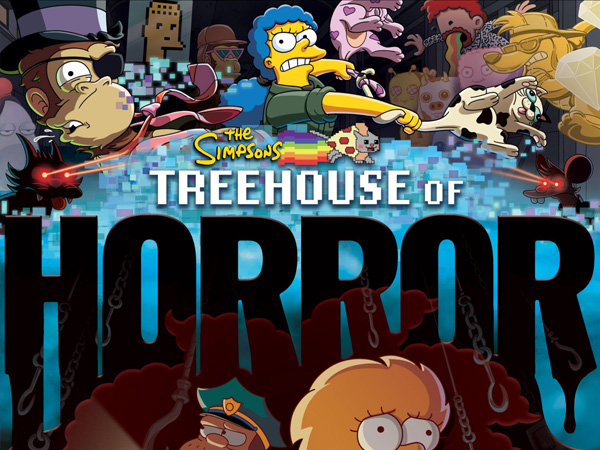
The Simpsons highlighted the NFT craze in their latest episode of the Treehouse of Horror (XXXIV) series, turning Bart into an NFT and featuring several popular art NFTs and collectibles. (Related: Link / Twitter)
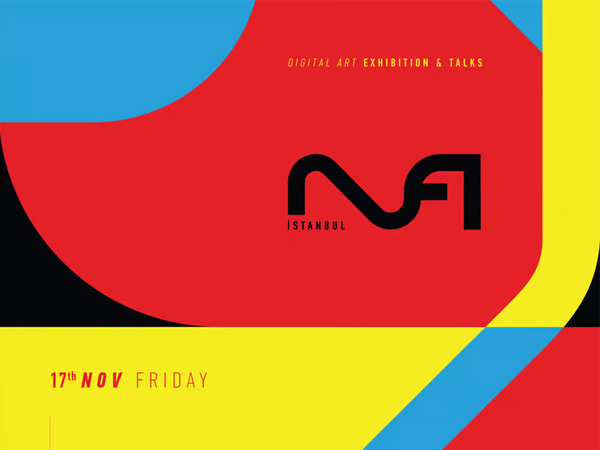
NFTist or NFT Istanbul was a digital art exhibition and conference at Planeth, during the exciting Zuzalu & DevConnect Week in Istanbul, Turkey. (Related: Link / Twitter)
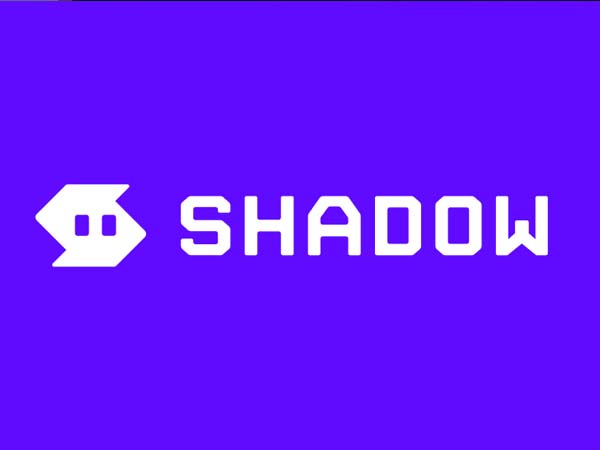
Shadow, a non-custodial marketplace on the Flow Blockchain, followed the zero-fee trend and replaced the 2021-founded VIV3 marketplace. It also integrated the former “Flipper” wallet as Shadow Wallet as a browser extension and MetaMask competitor. (Related: Link / Twitter)

Third edition of NFT Media’s (former NFT Now) event series of presentations, panel discussions and exhibitions at the Faena Forum in South Beach, Florida. (Related: Link / Twitter)
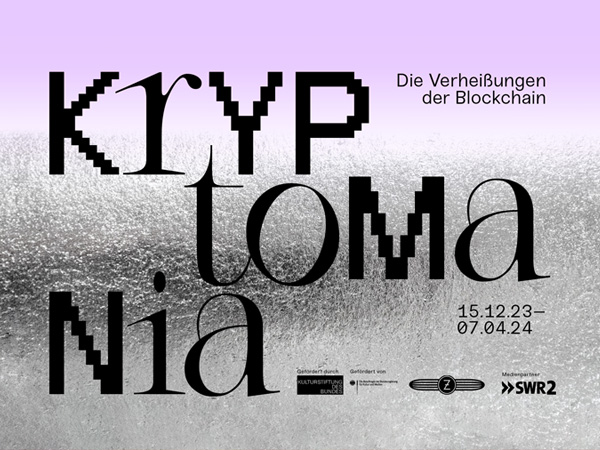
Curated by Ina Neddermeyer, this interactive group exhibition (translated Cryptomania – The Promises of Blockchain) explored different contemporary perspectives at the Zeppelinmuseum Friedrichshafen in Germany. (Related: Link / Twitter)
Support the Timeline Research
Numerous individuals have found this overview to be helpful in providing context and guidance for discovering and supporting pioneering artists and projects.
If you wish to support my research, please consider using the following Bitcoin and Ethereum addresses.
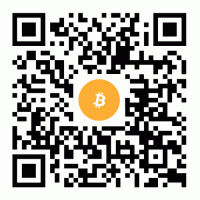
Bitcoin Tip Jar
bc1qd80ssgln6sr0f2m985z4ertp8fy6fxgl53zmy9
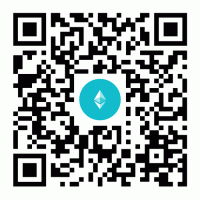
Ethereum Tip Jar
0xc7efcD0A08AEBbcBFe37E8959864DBBd4768a78e